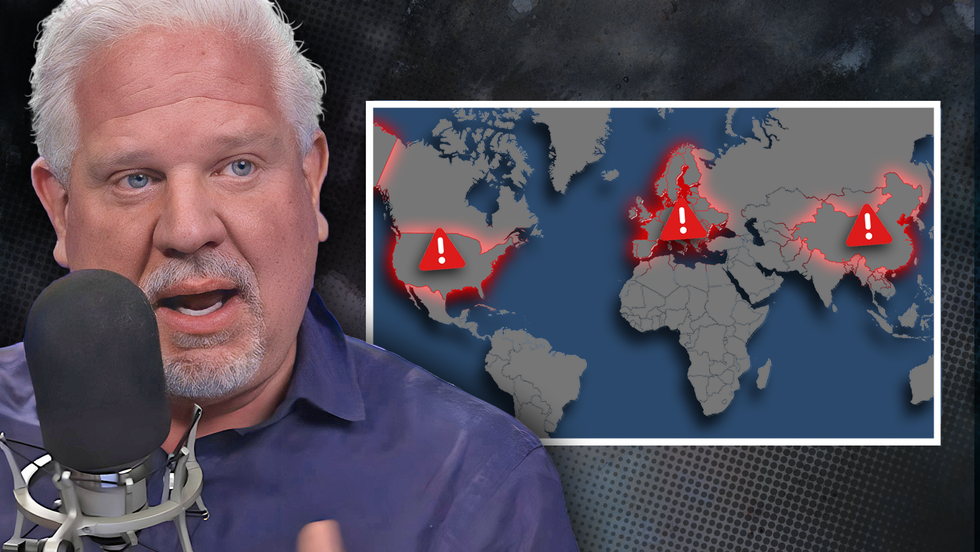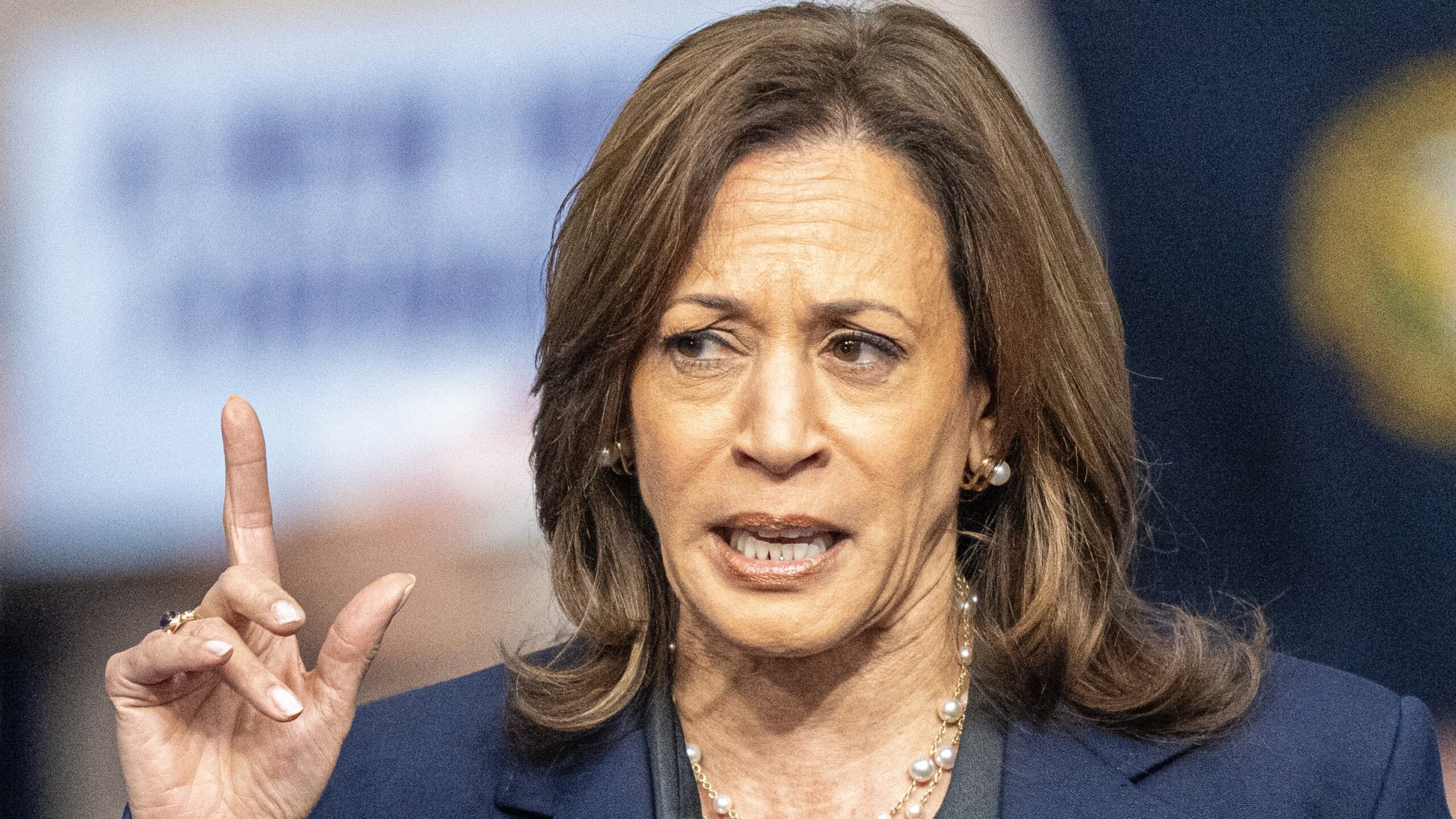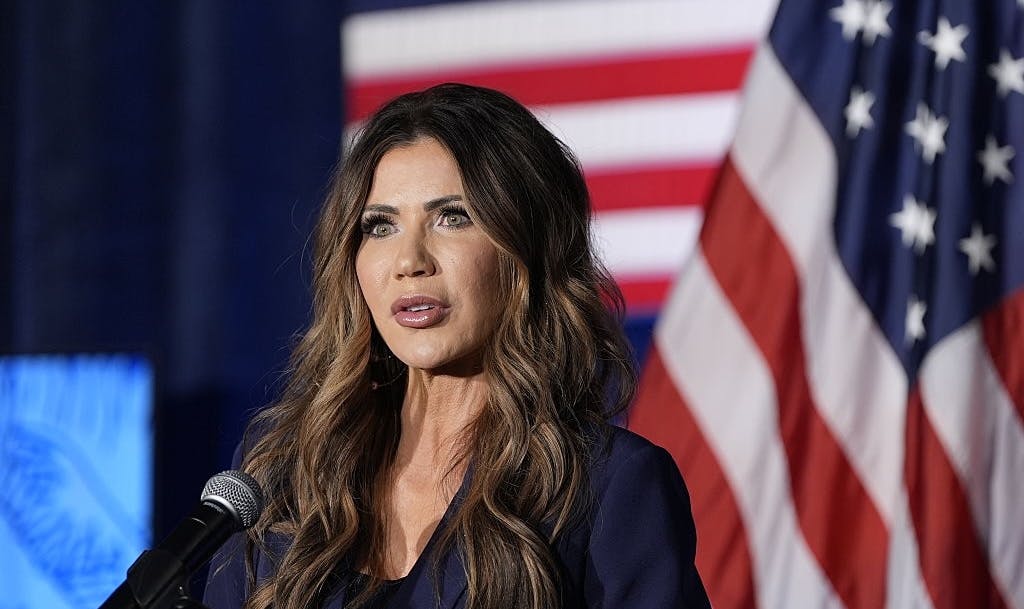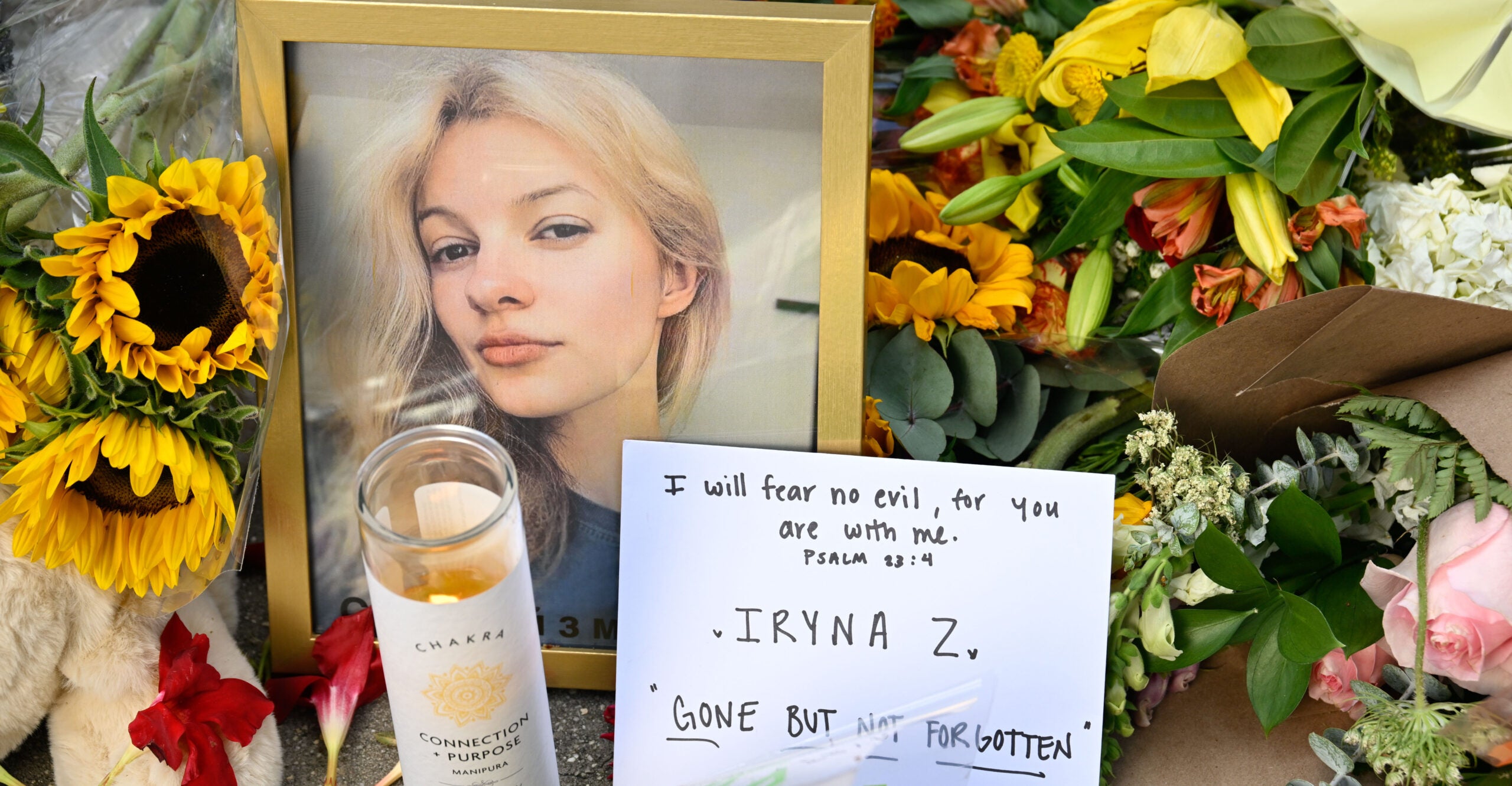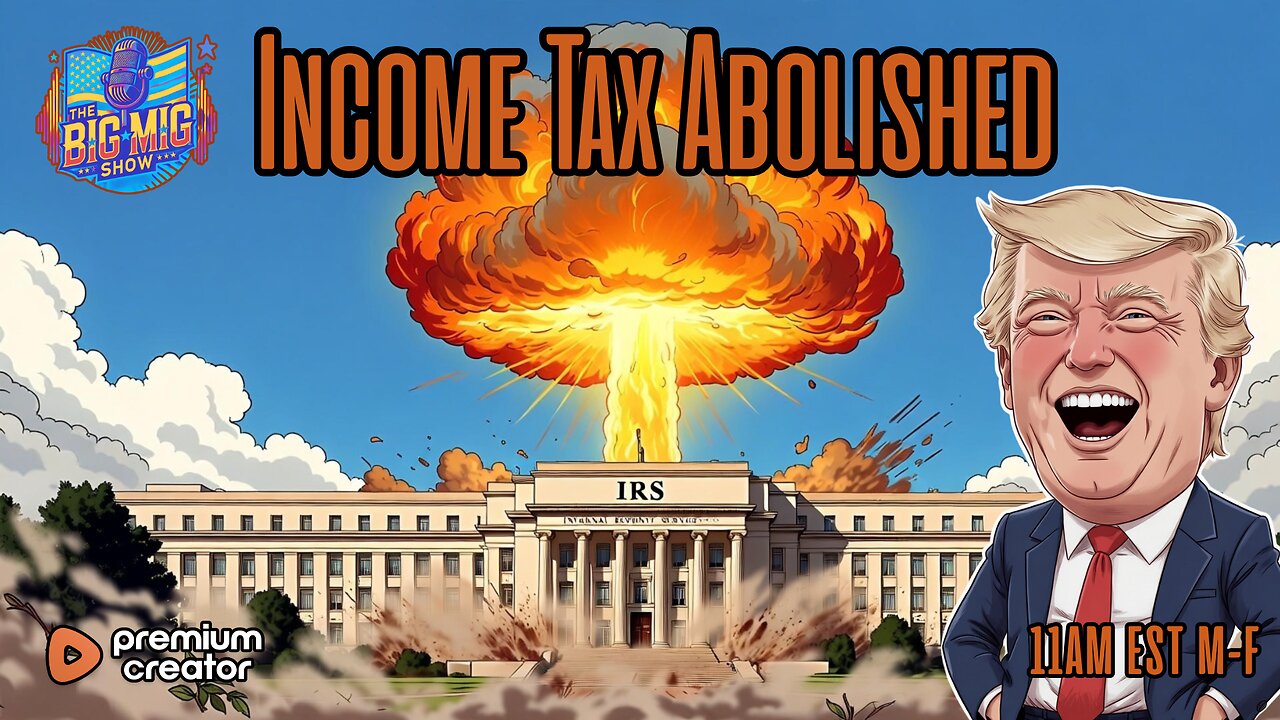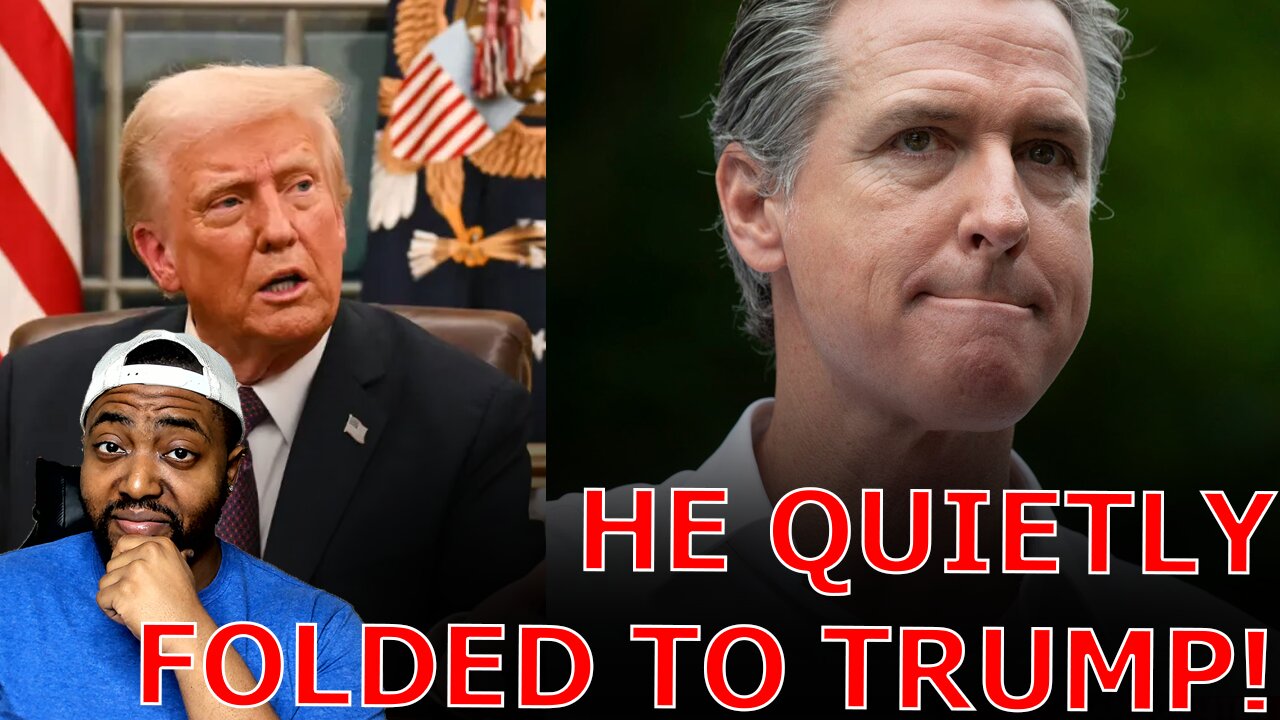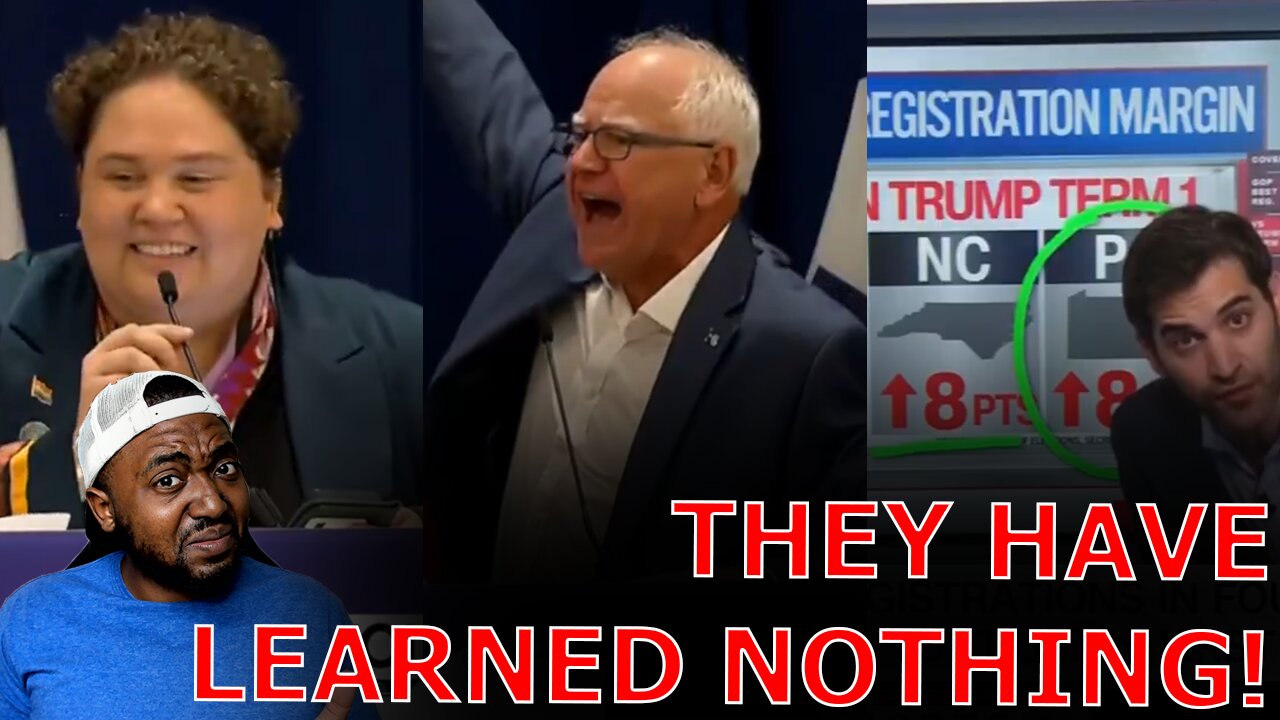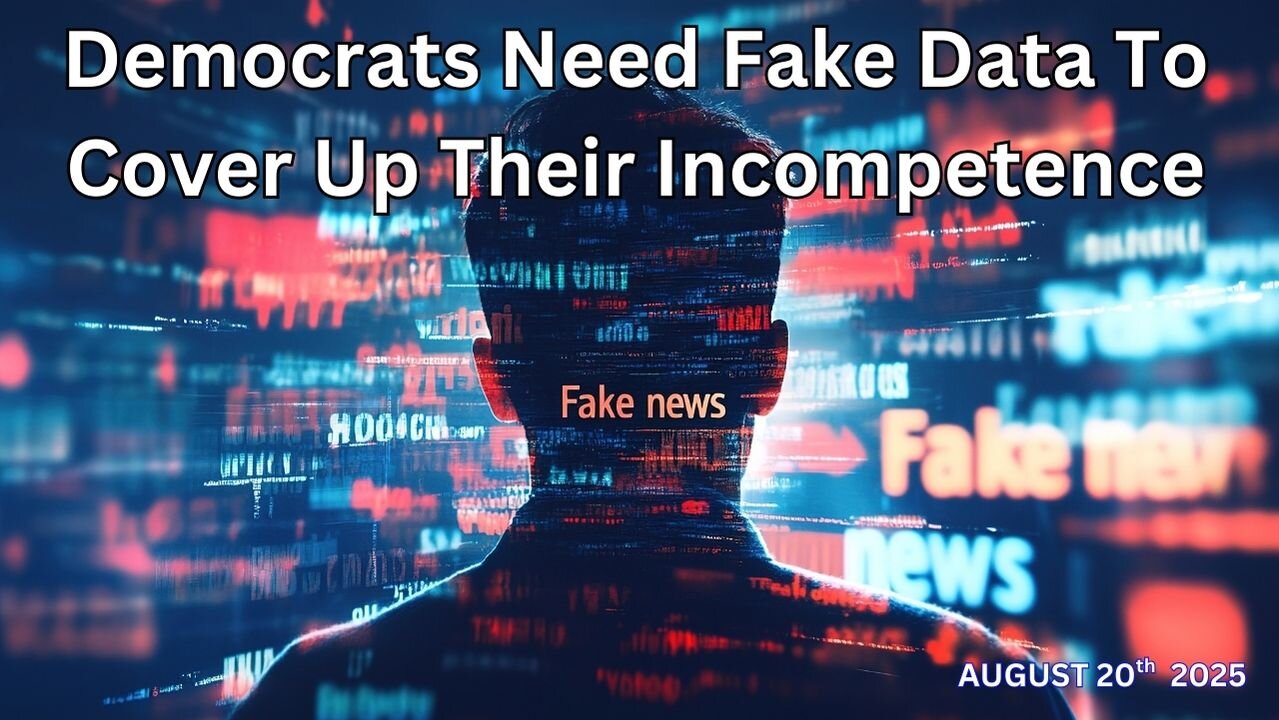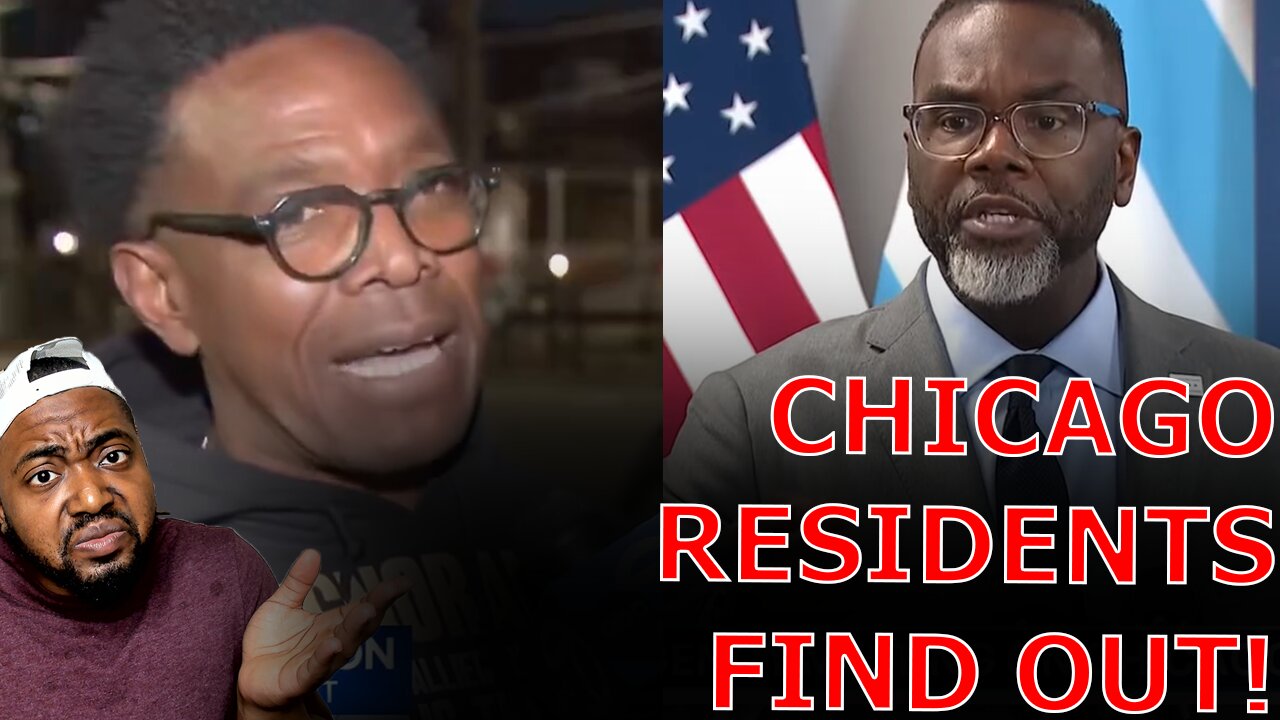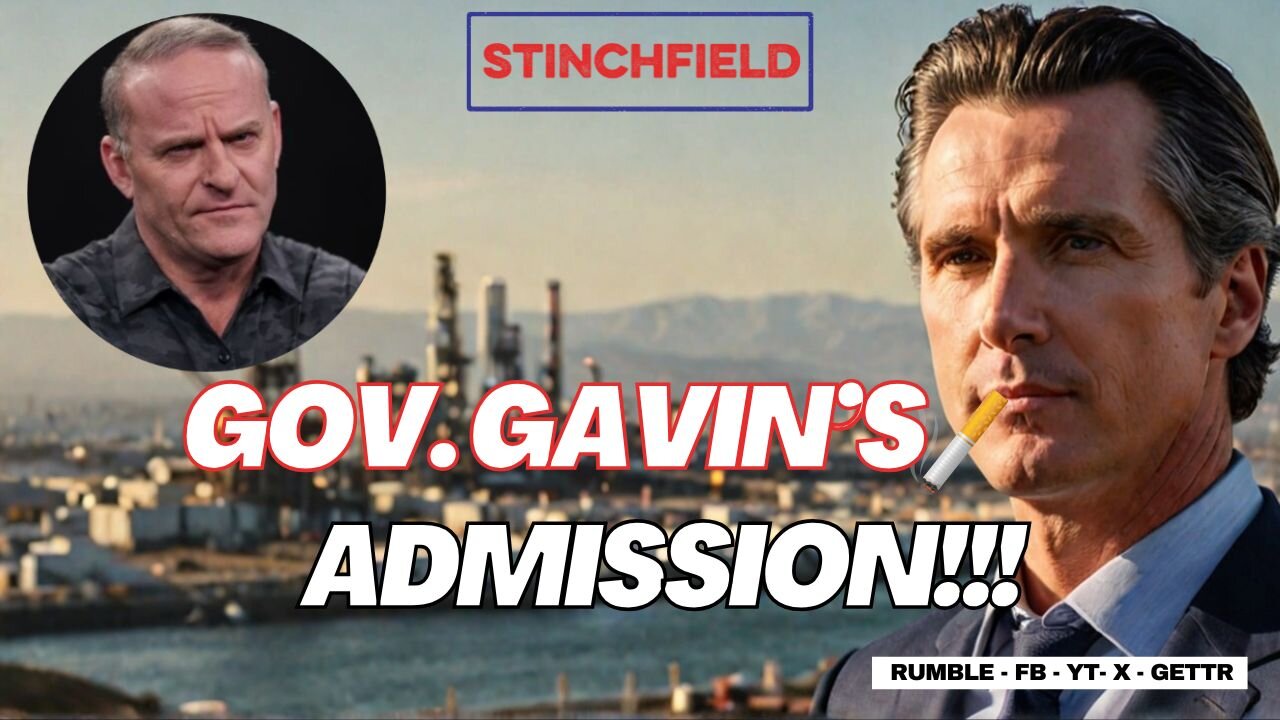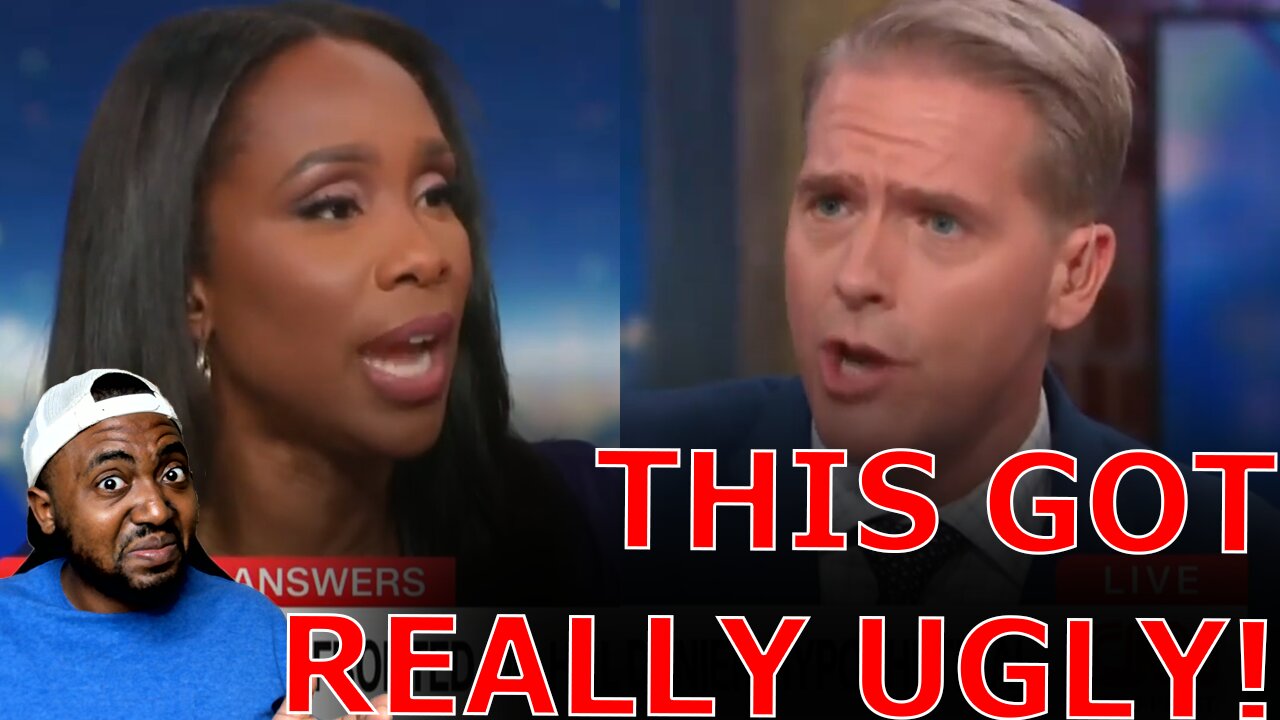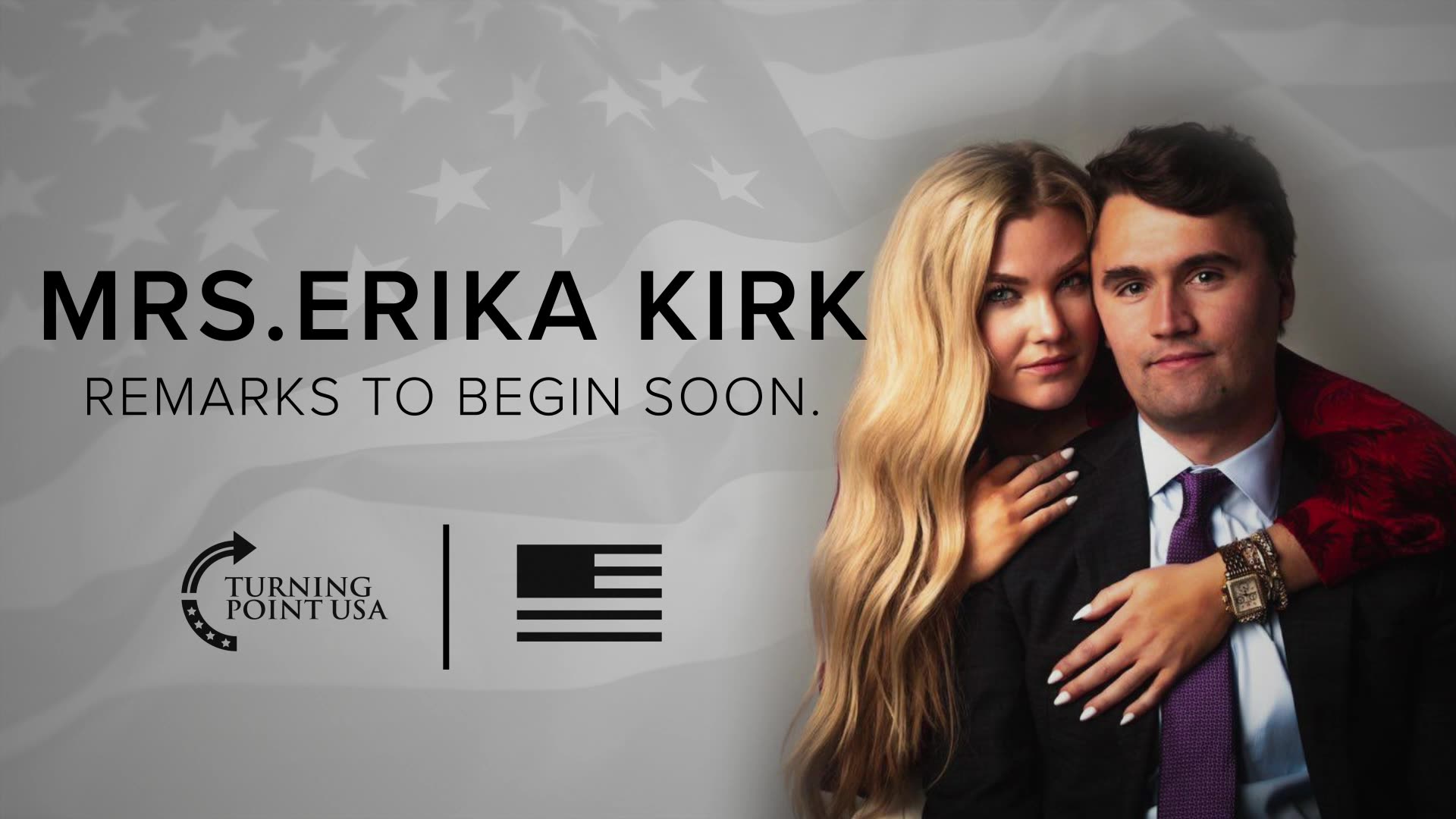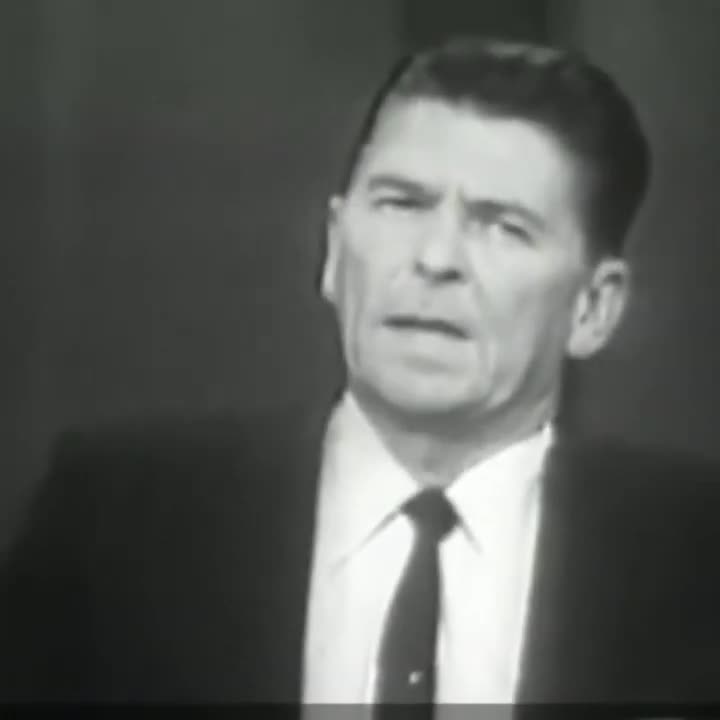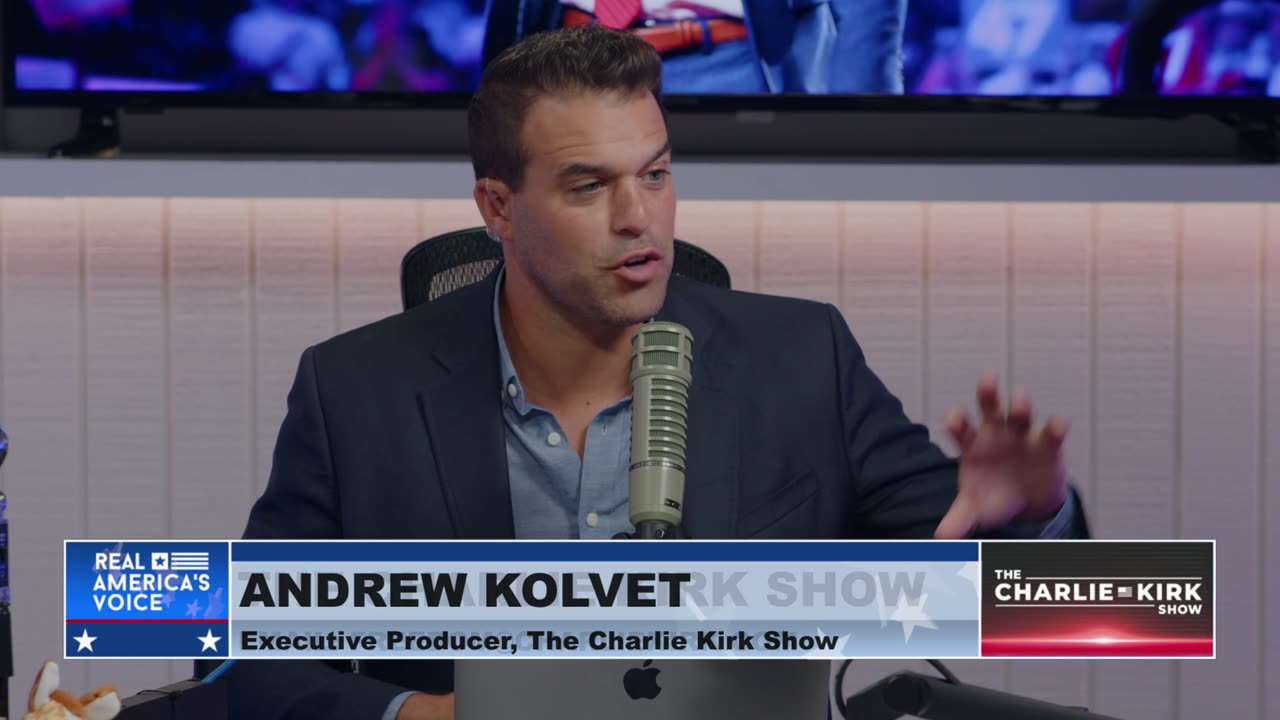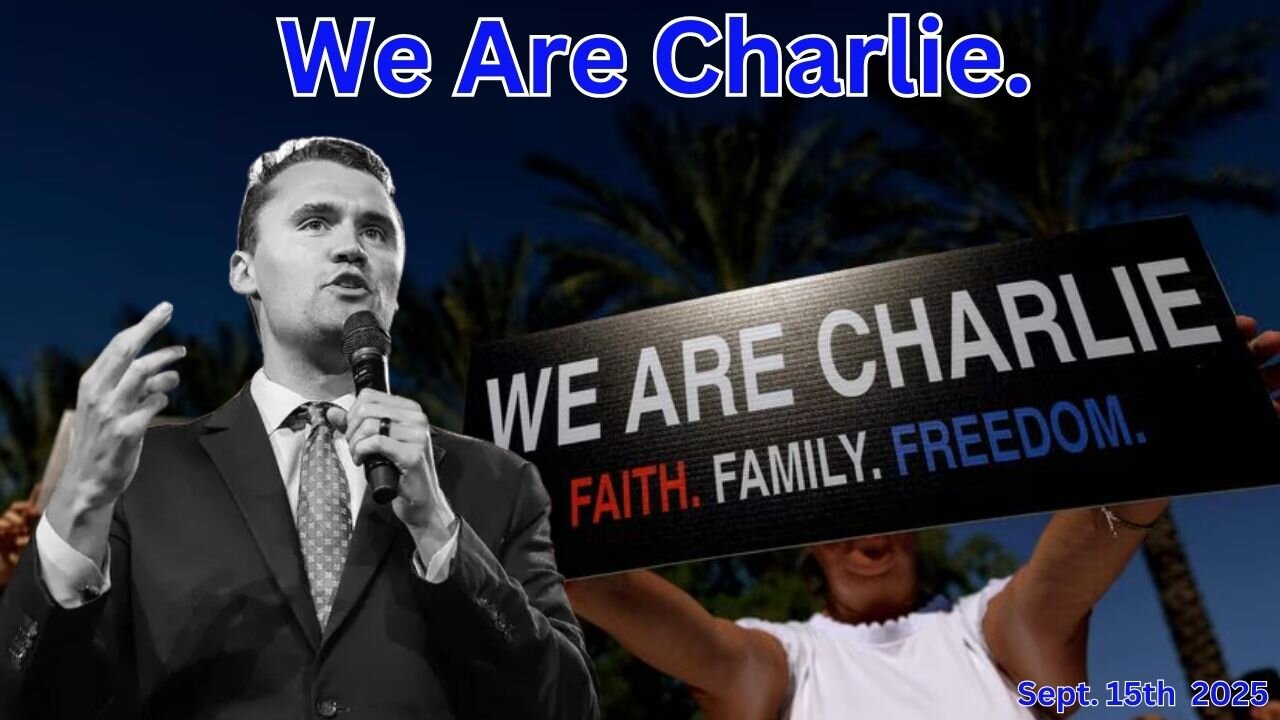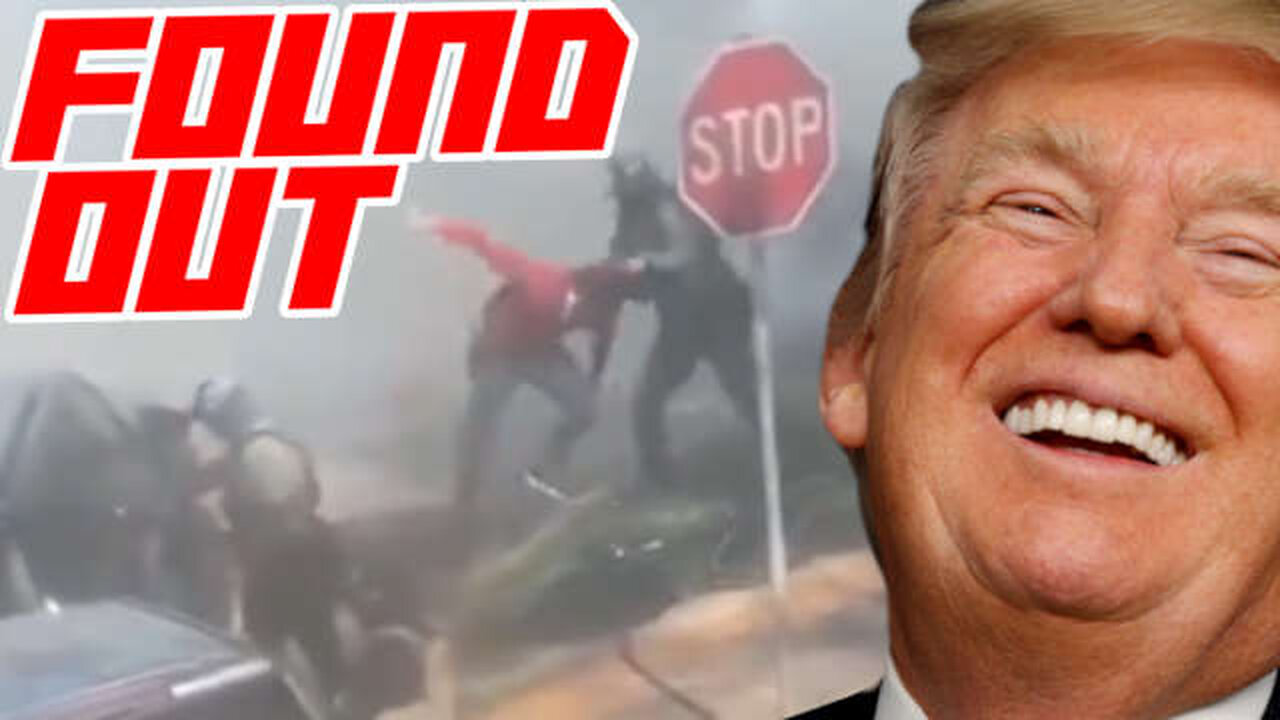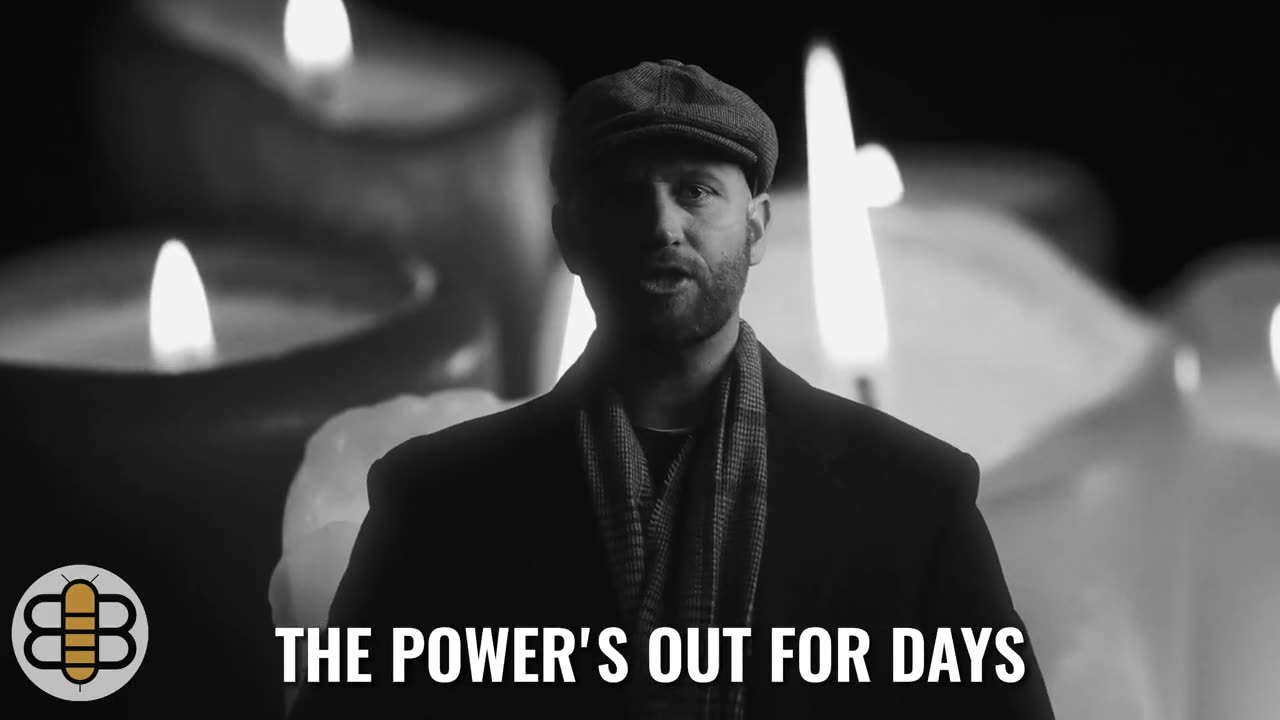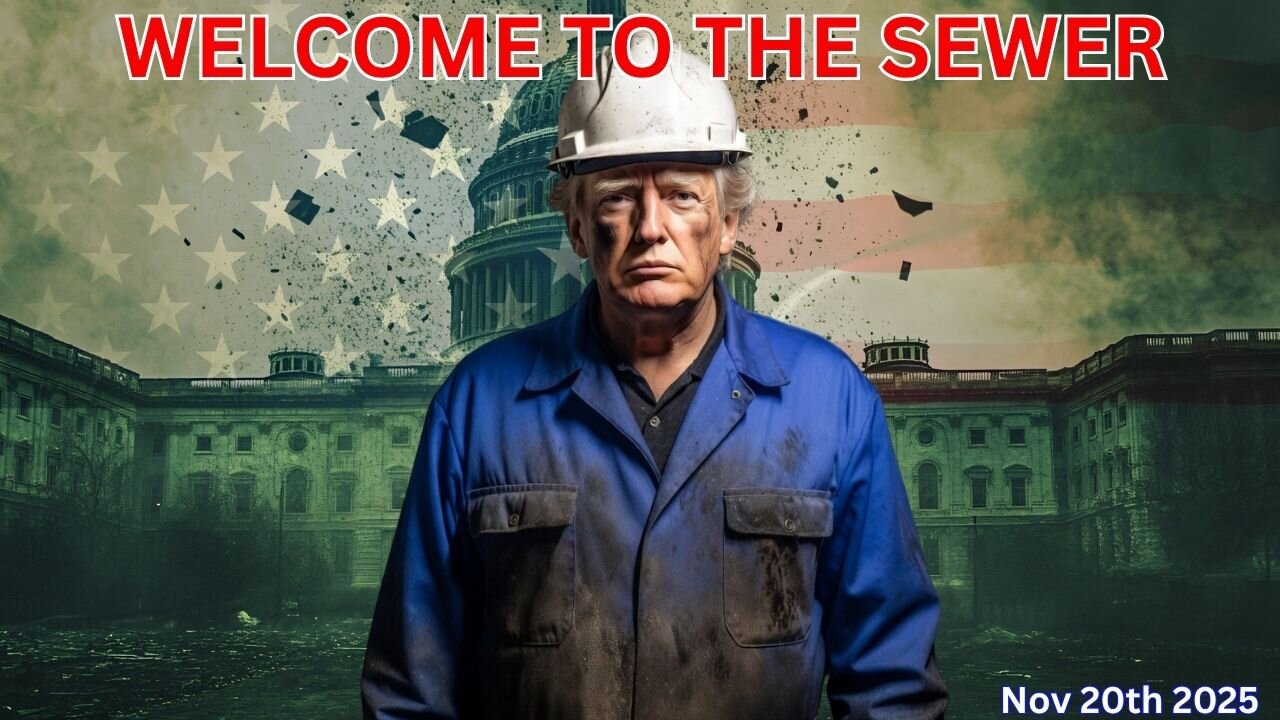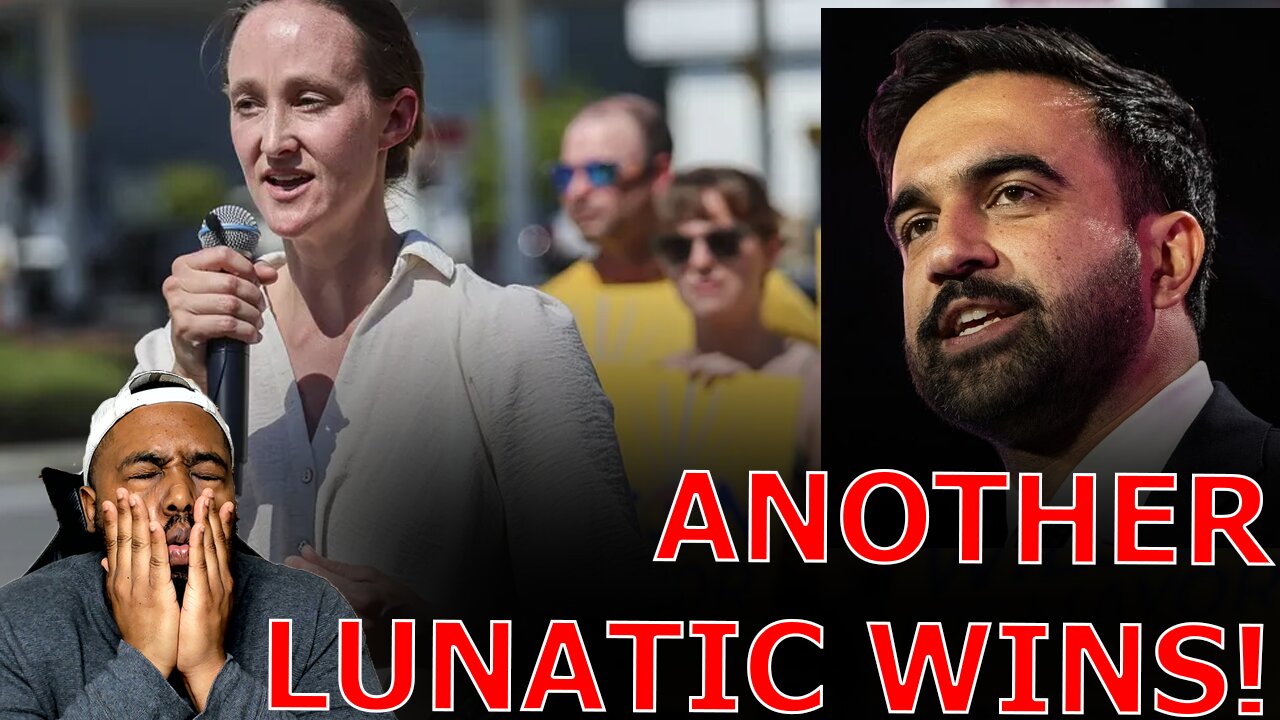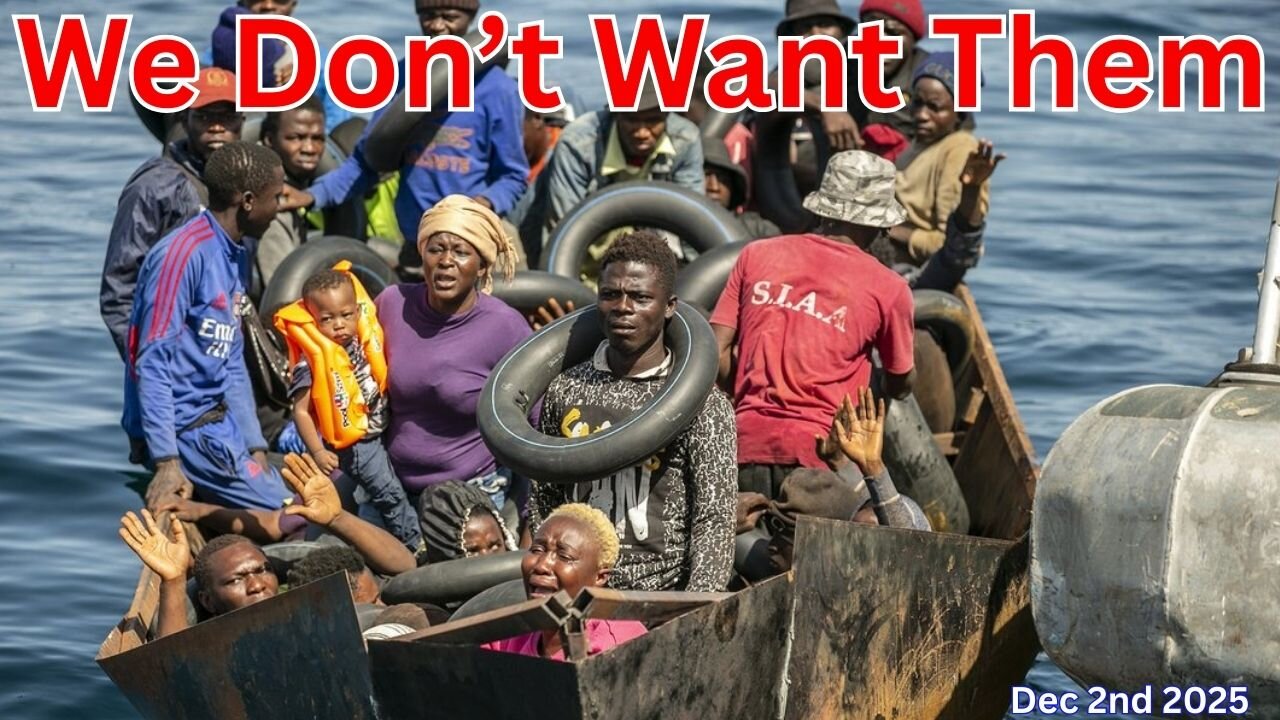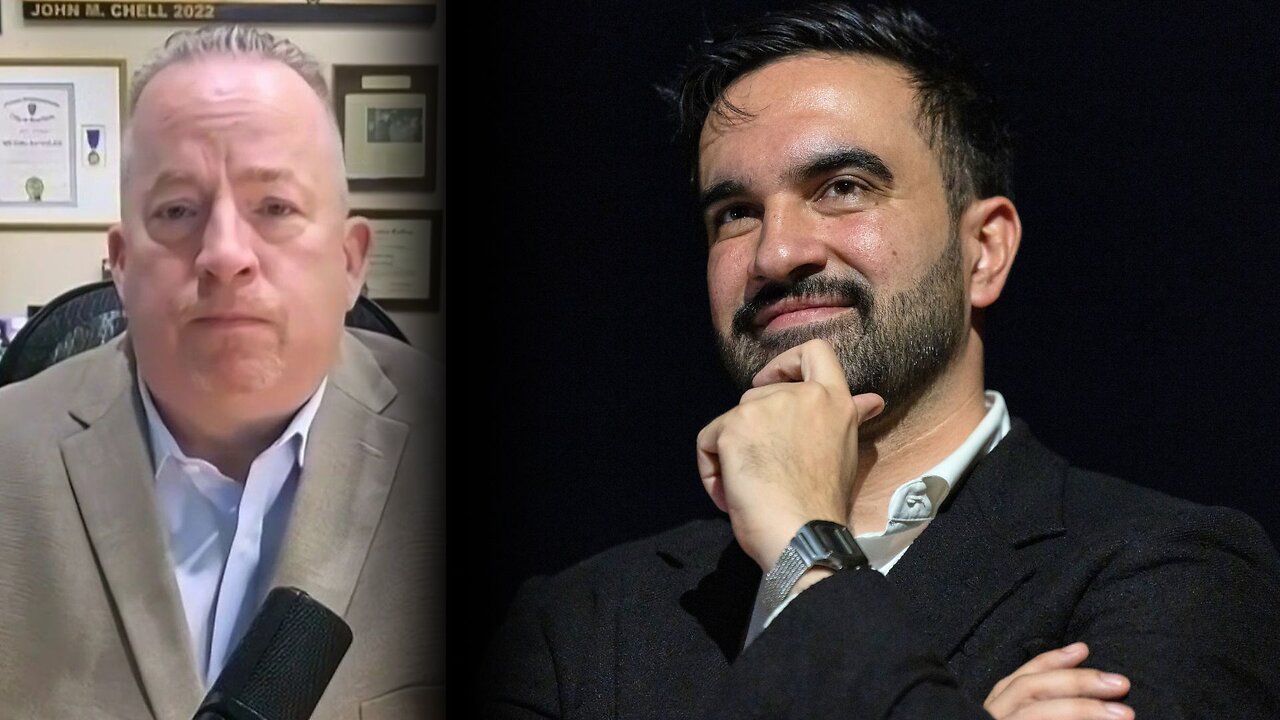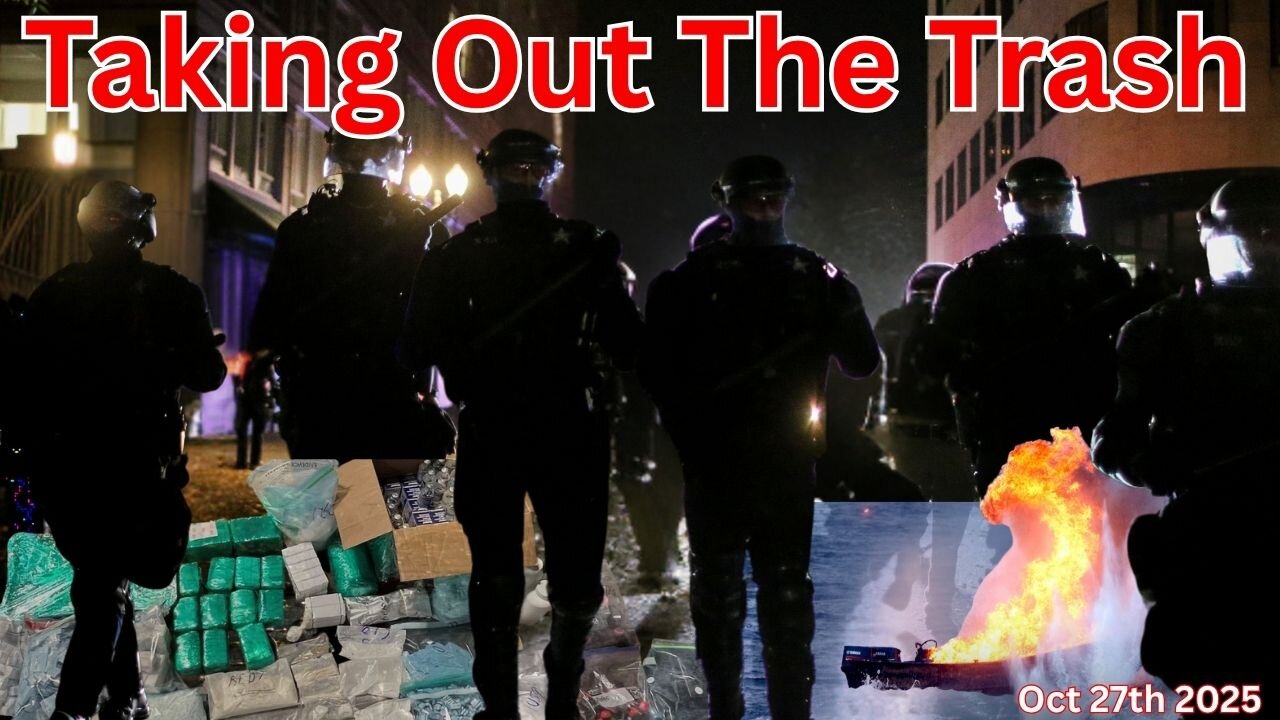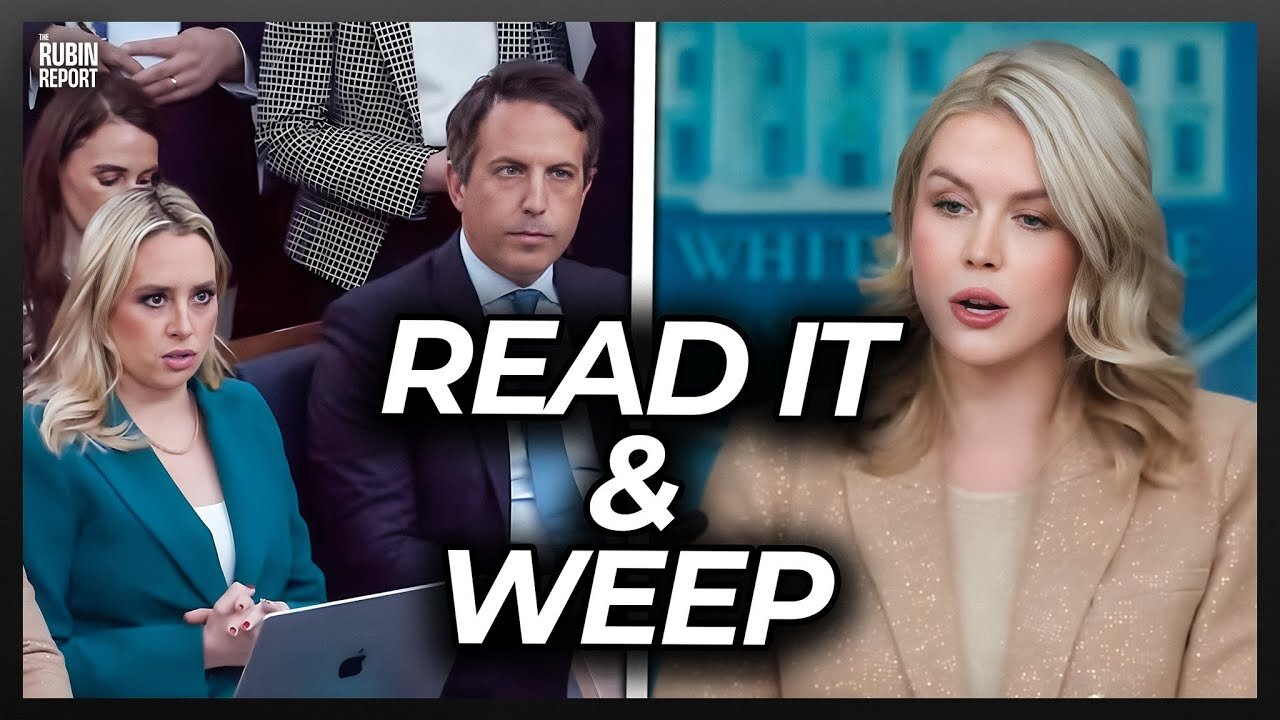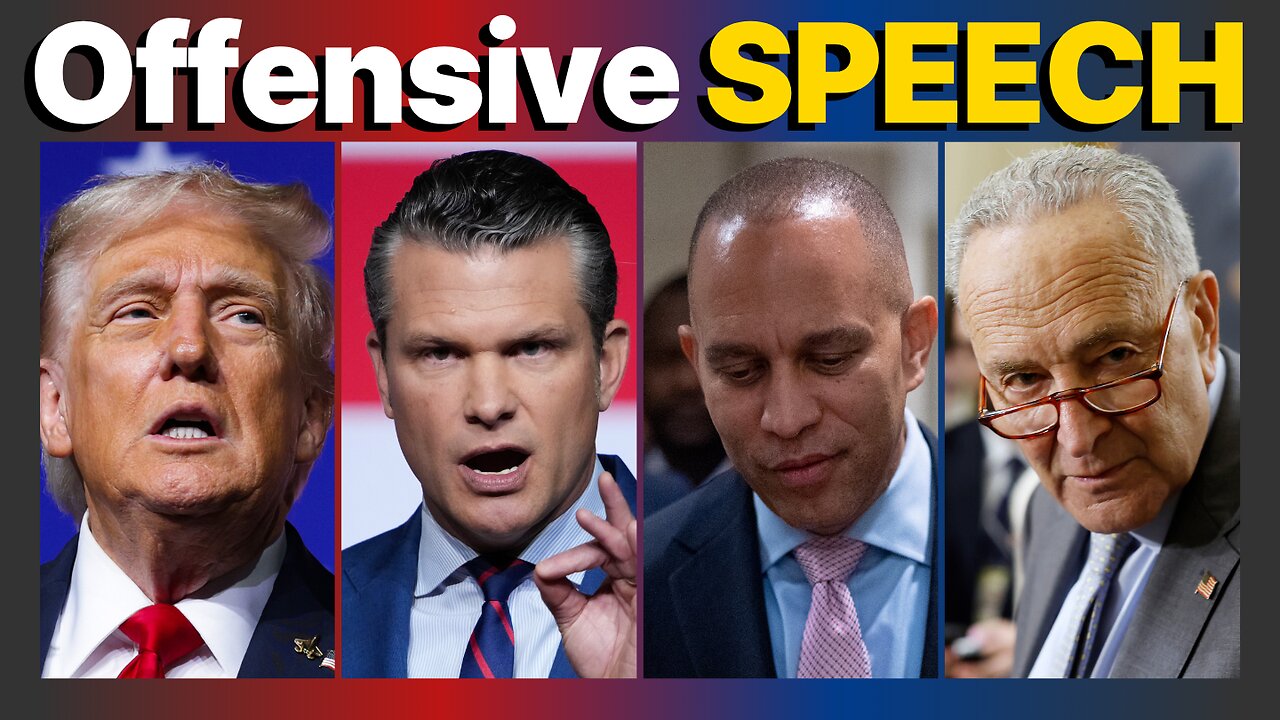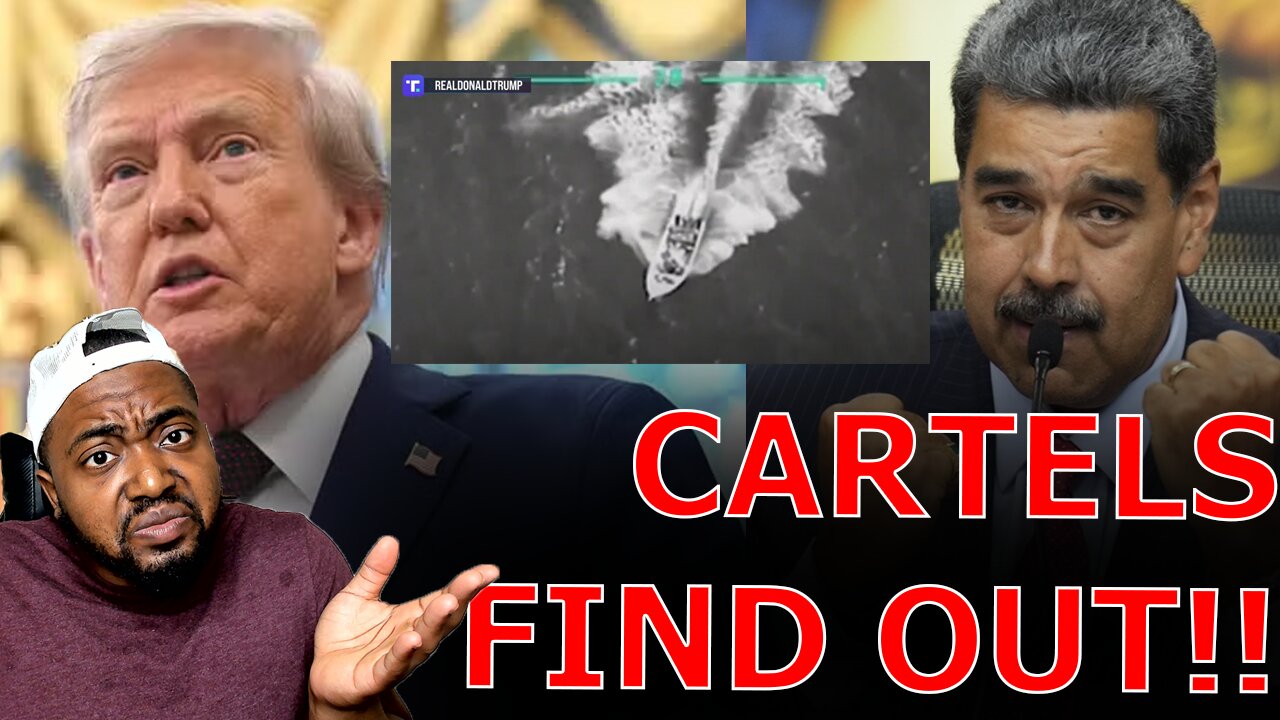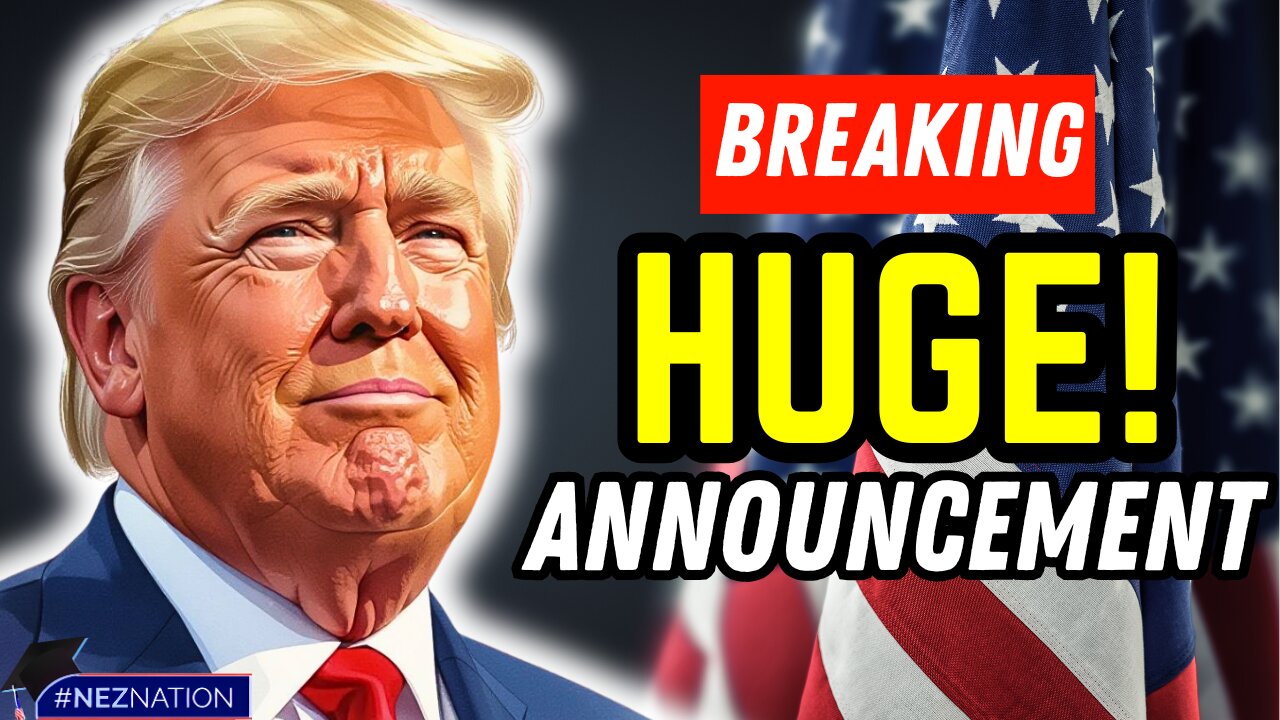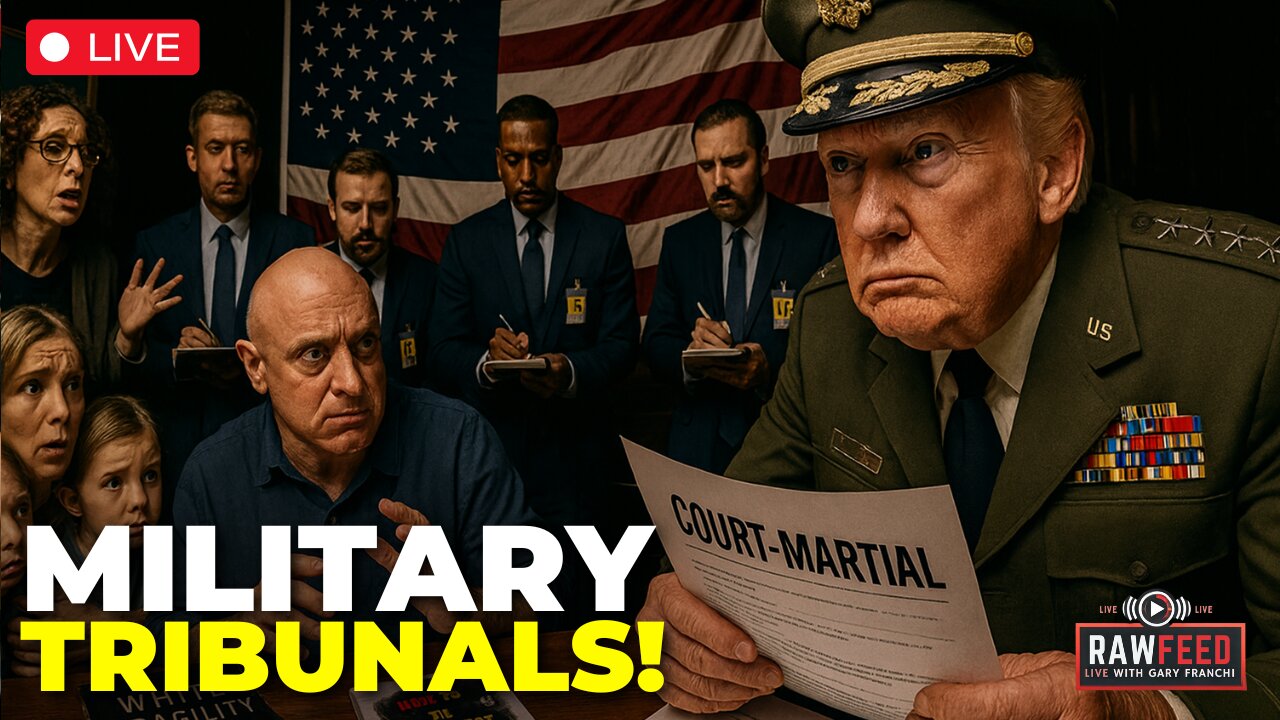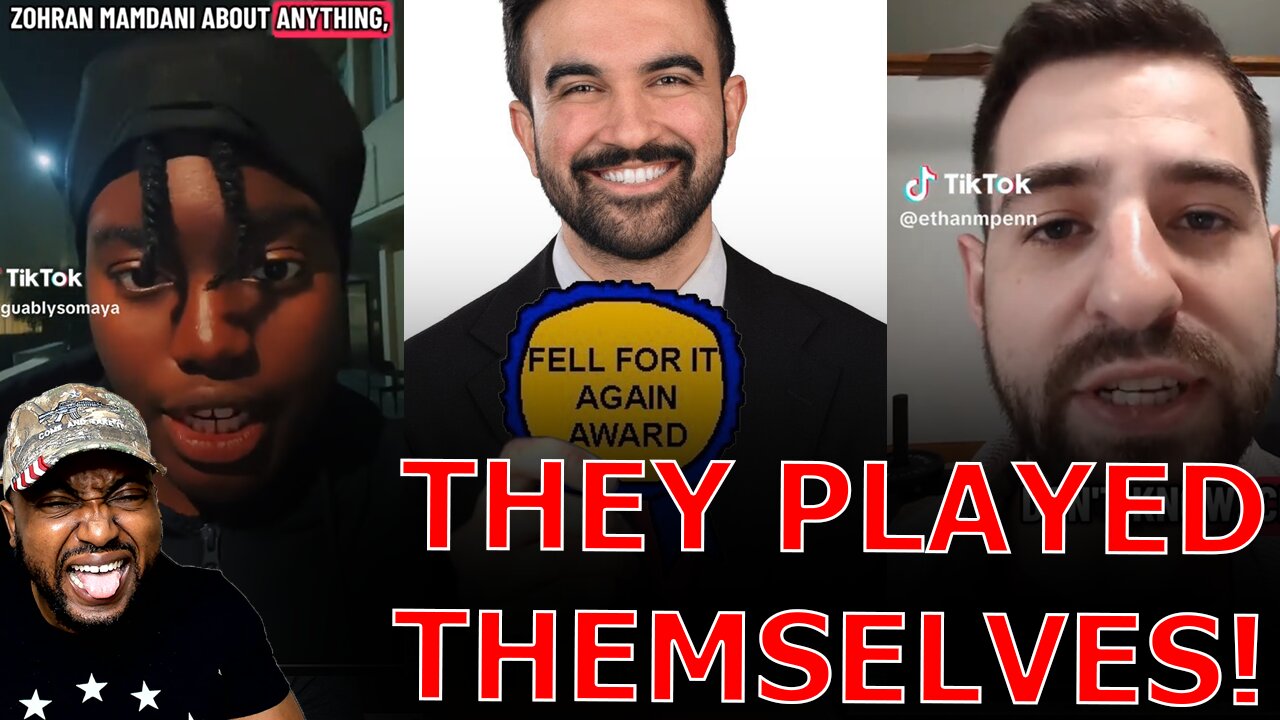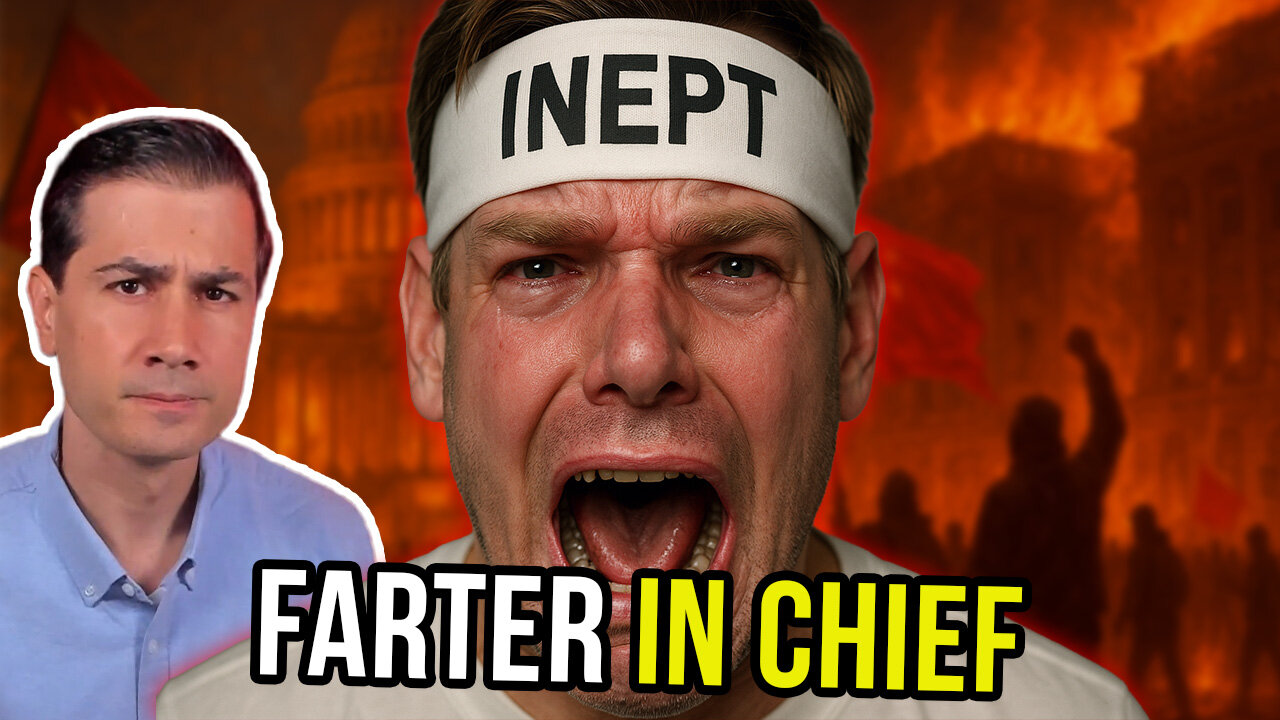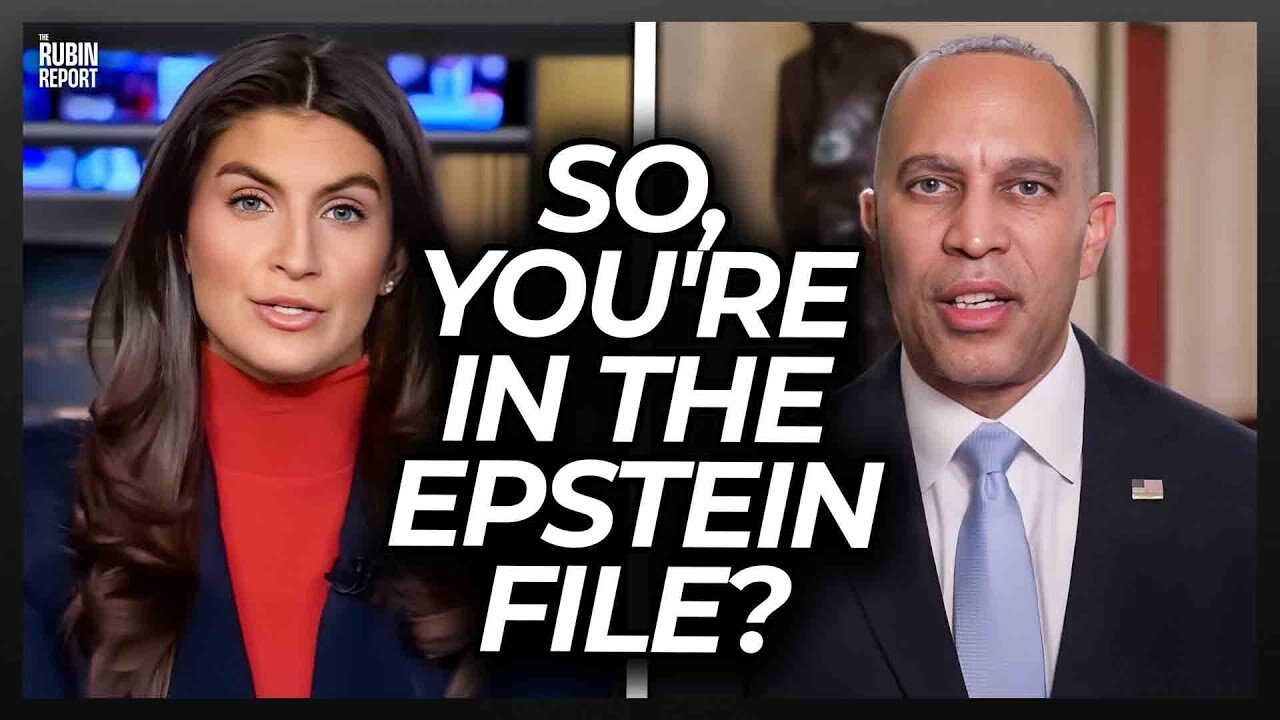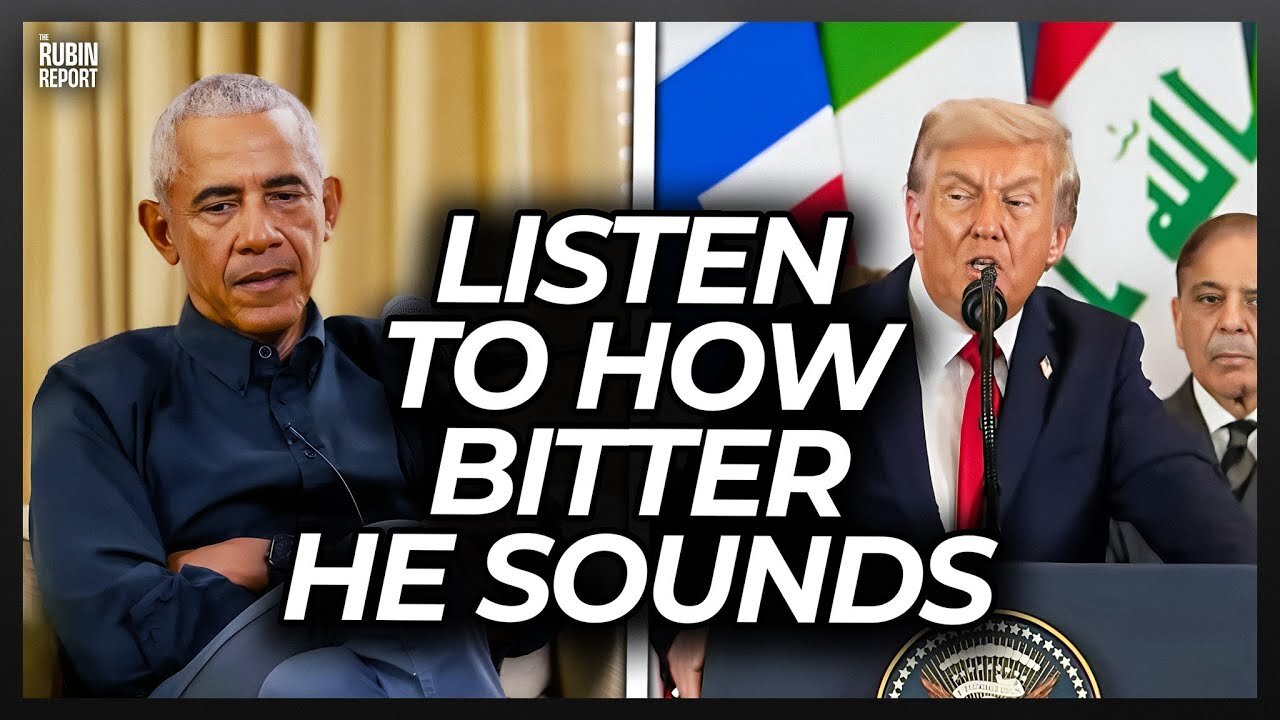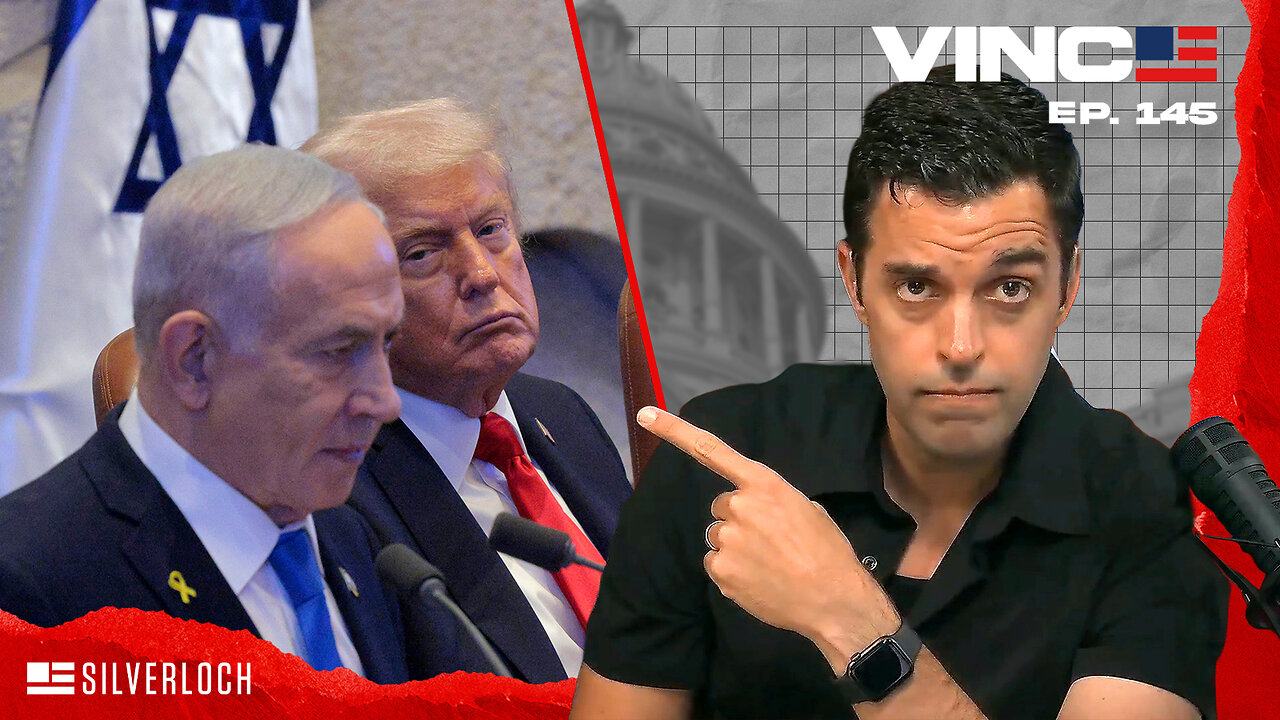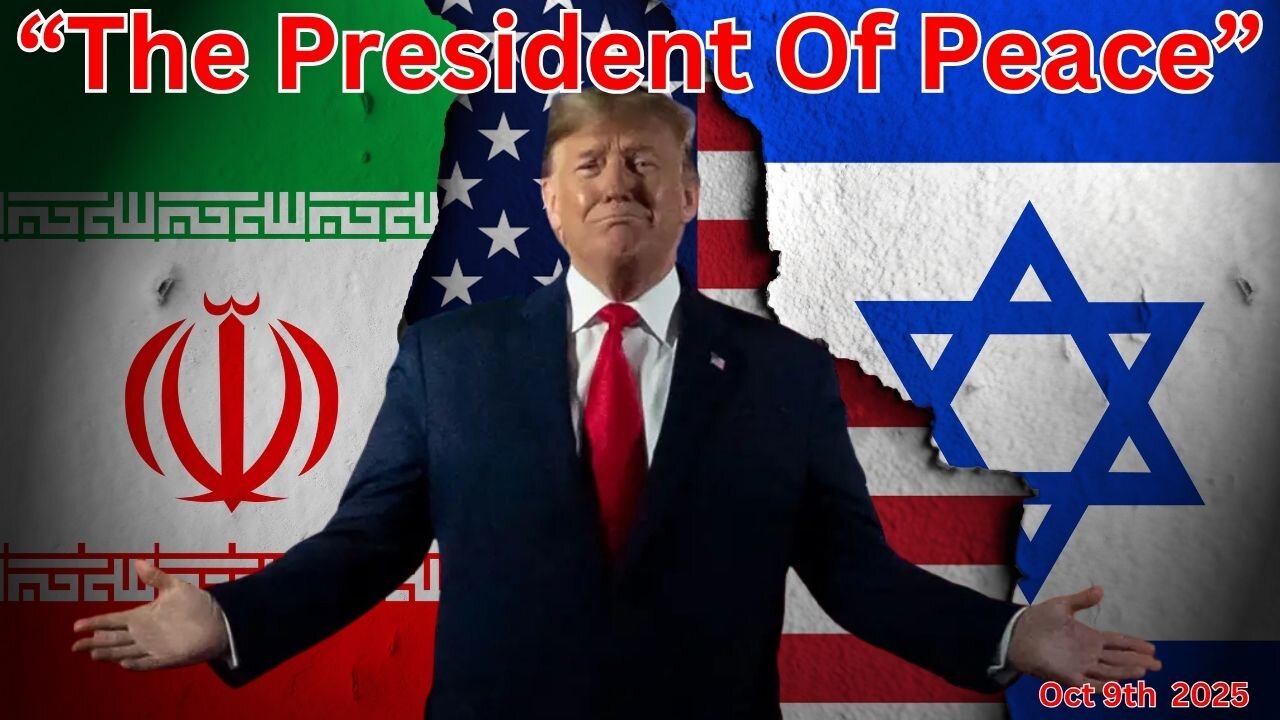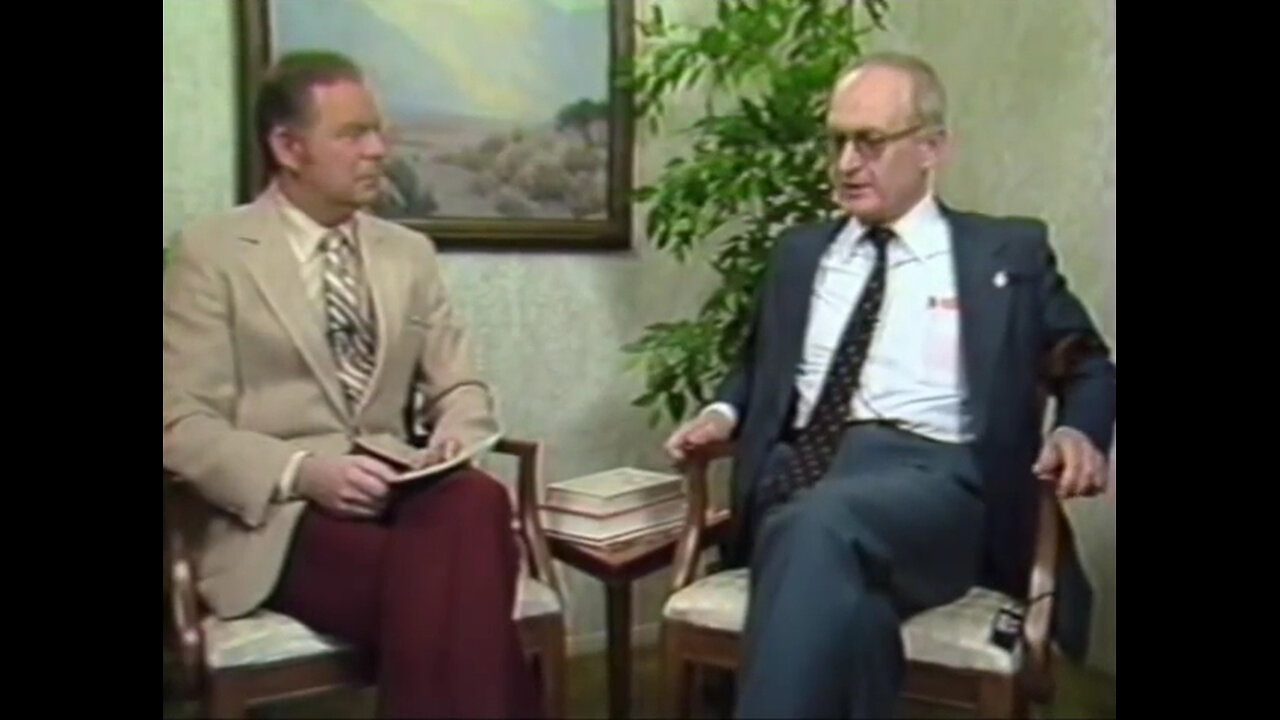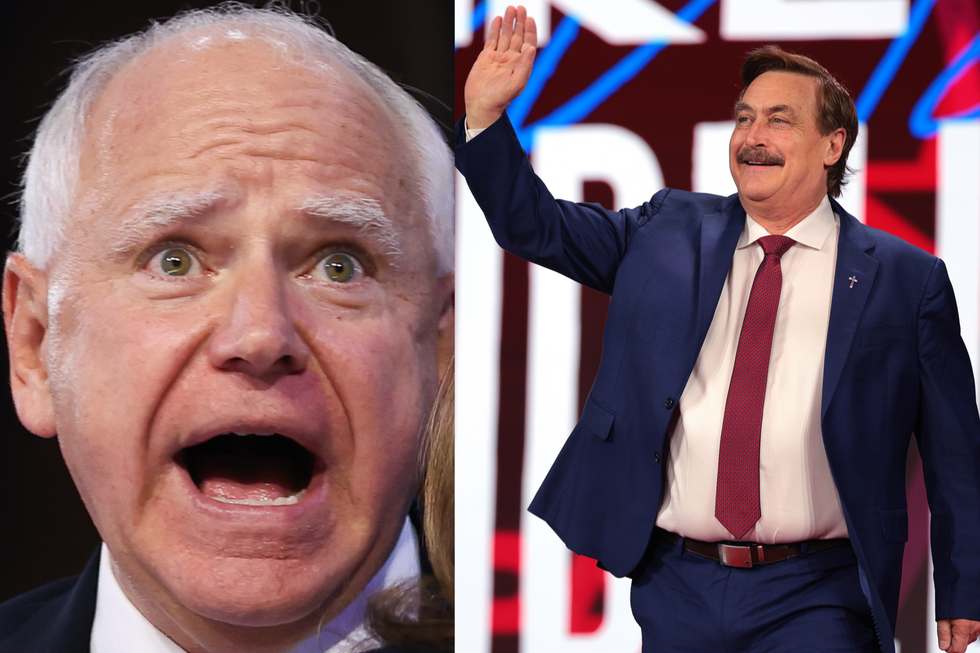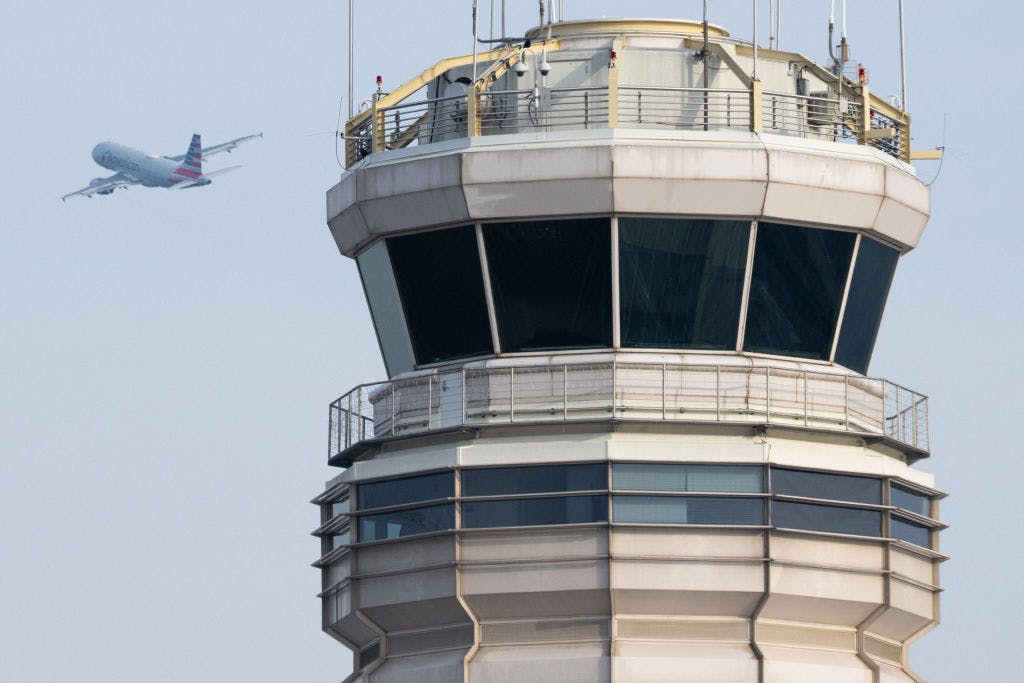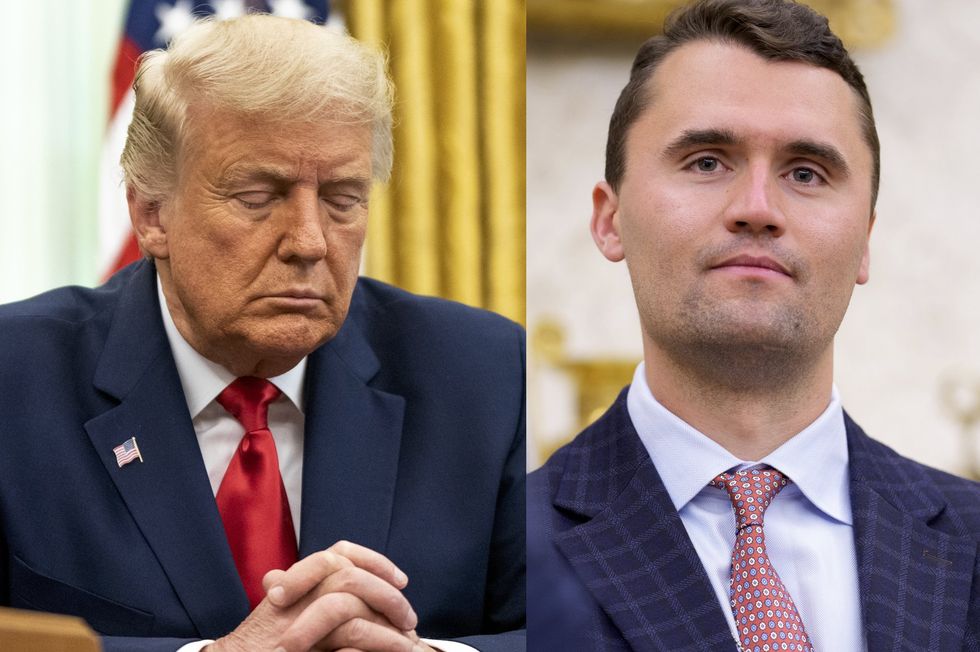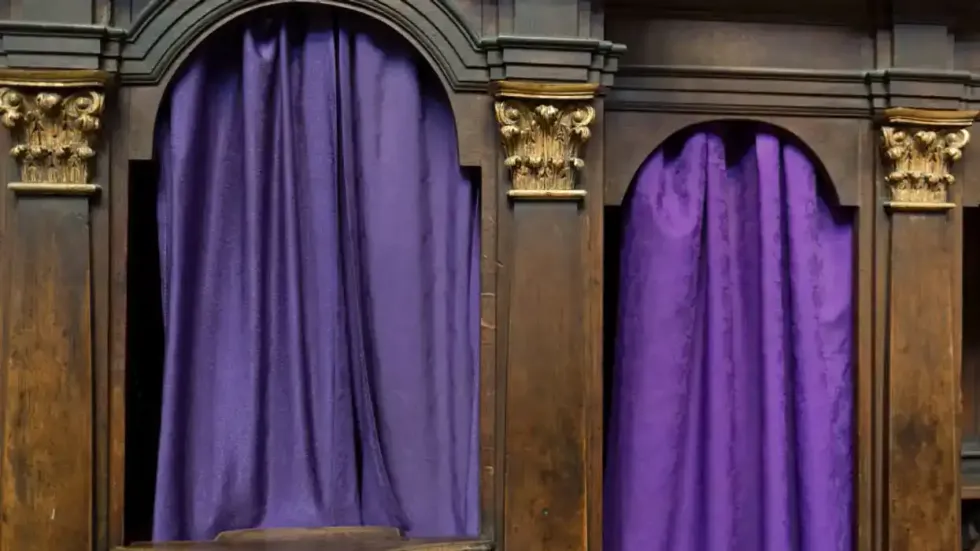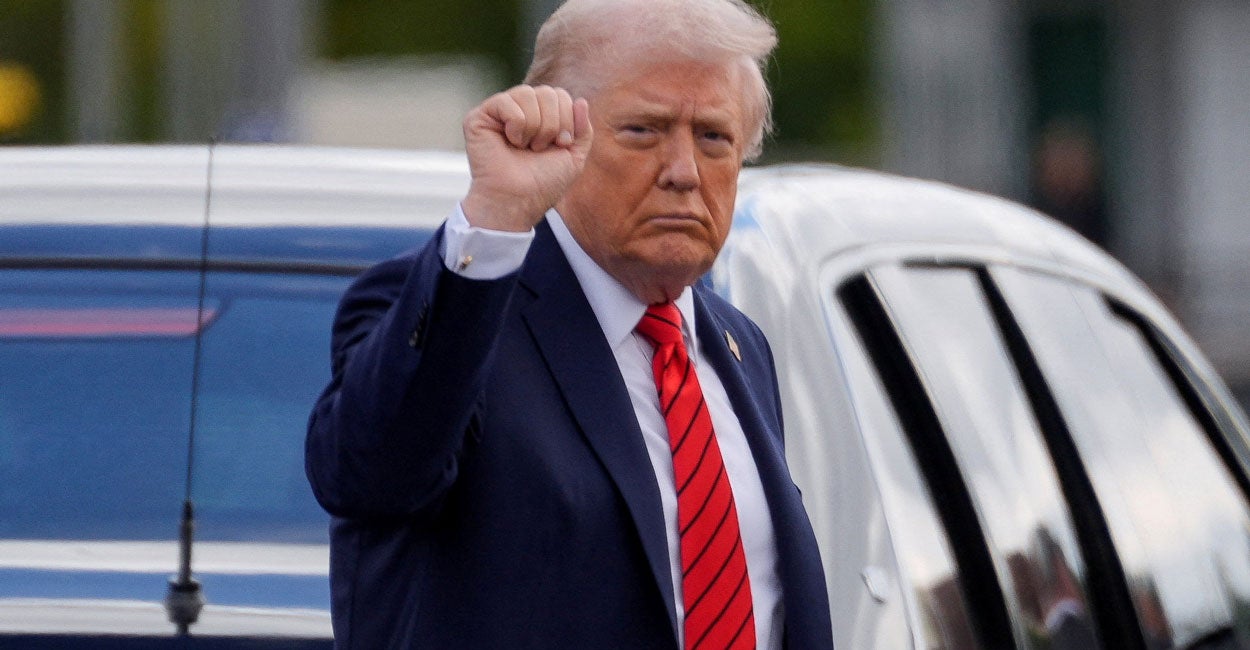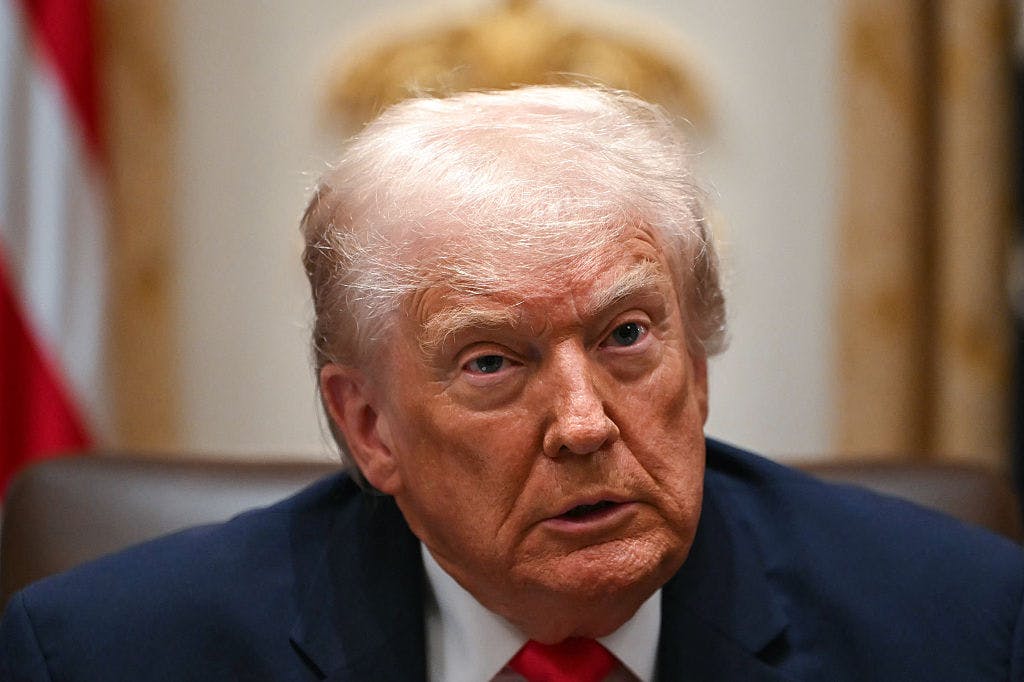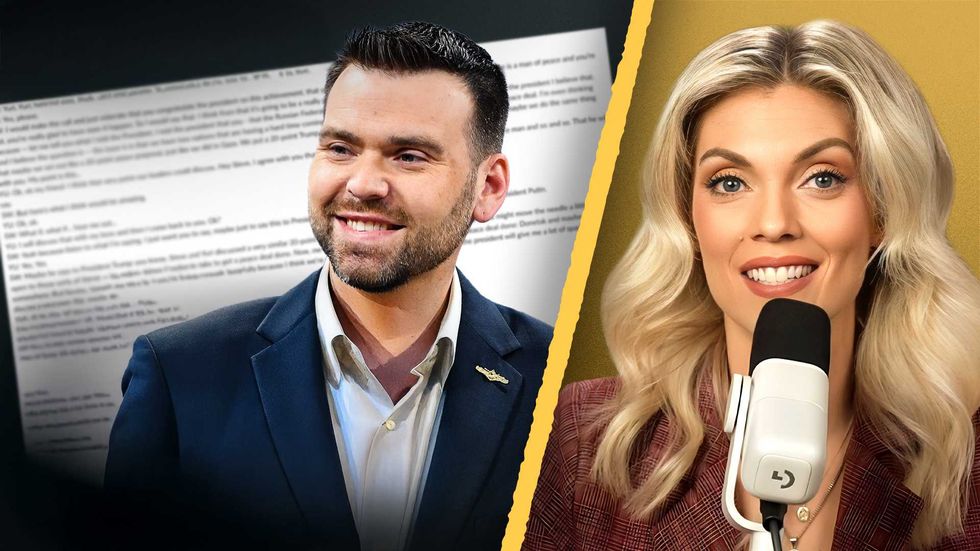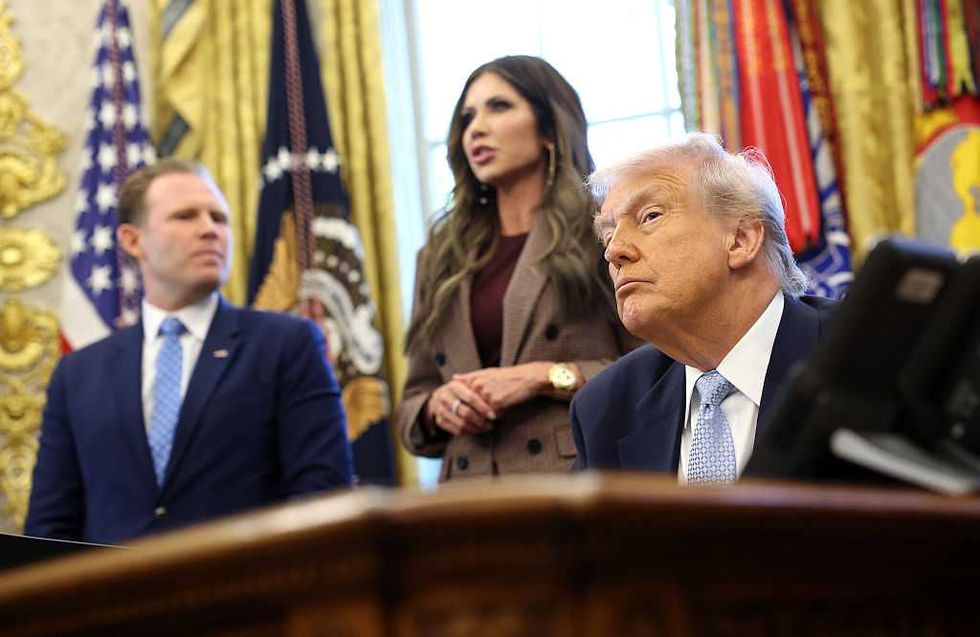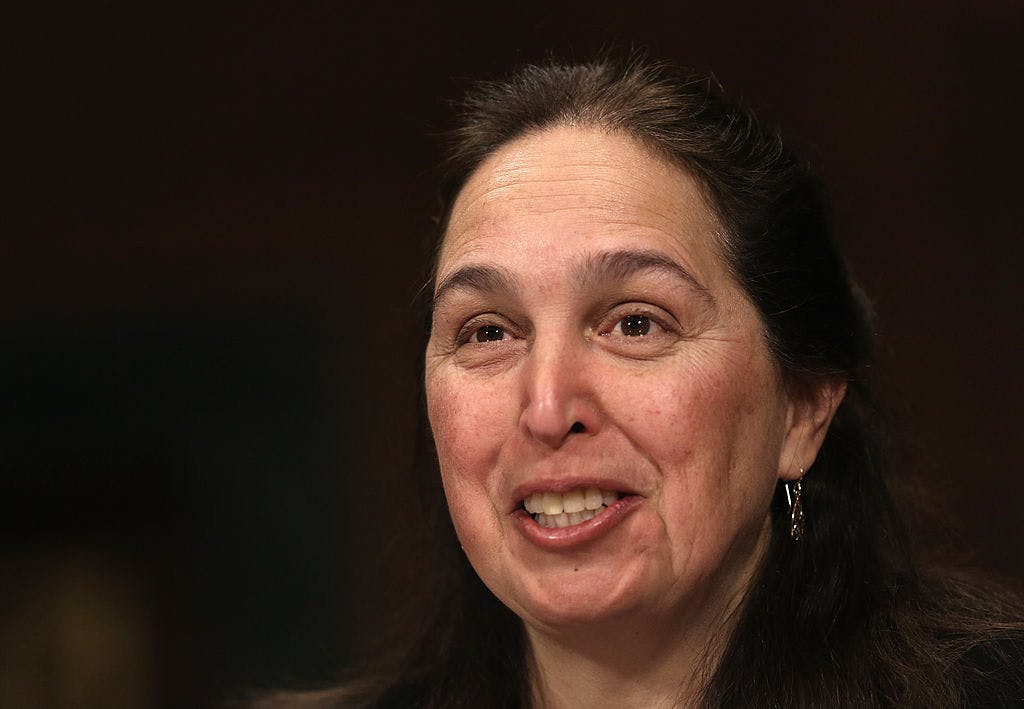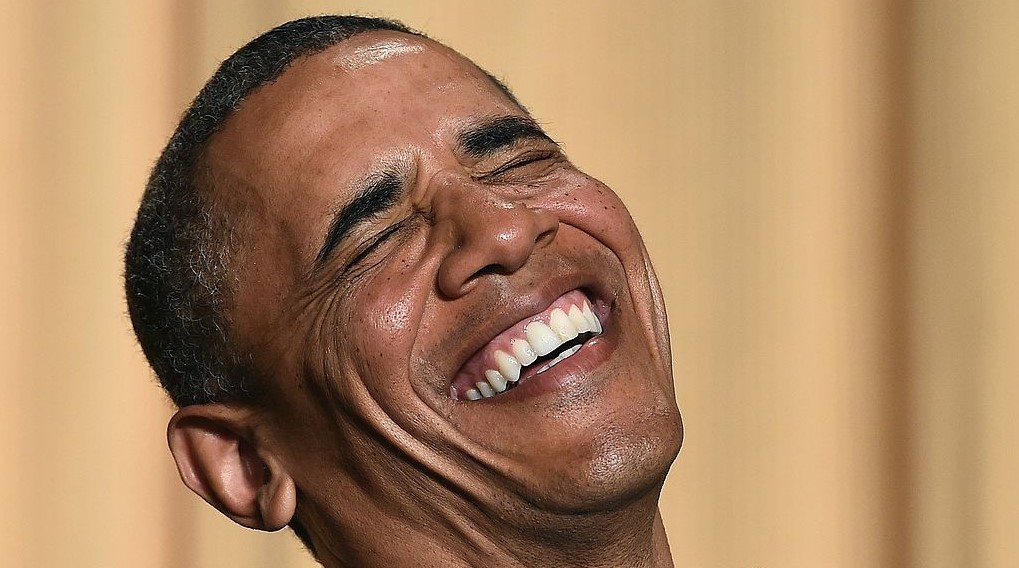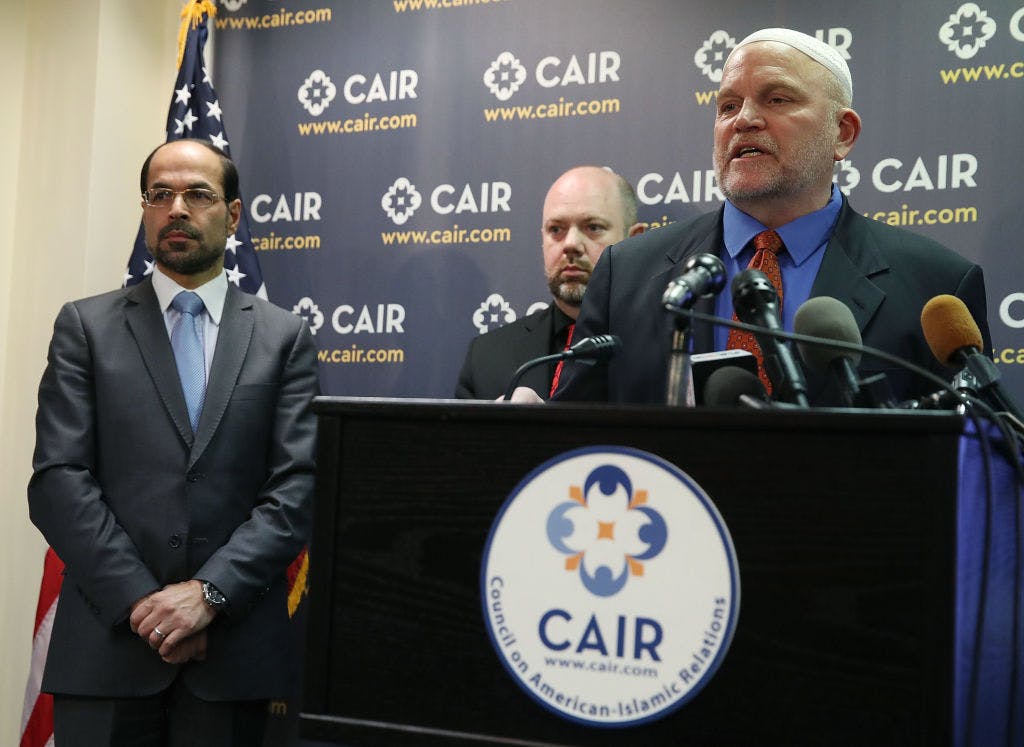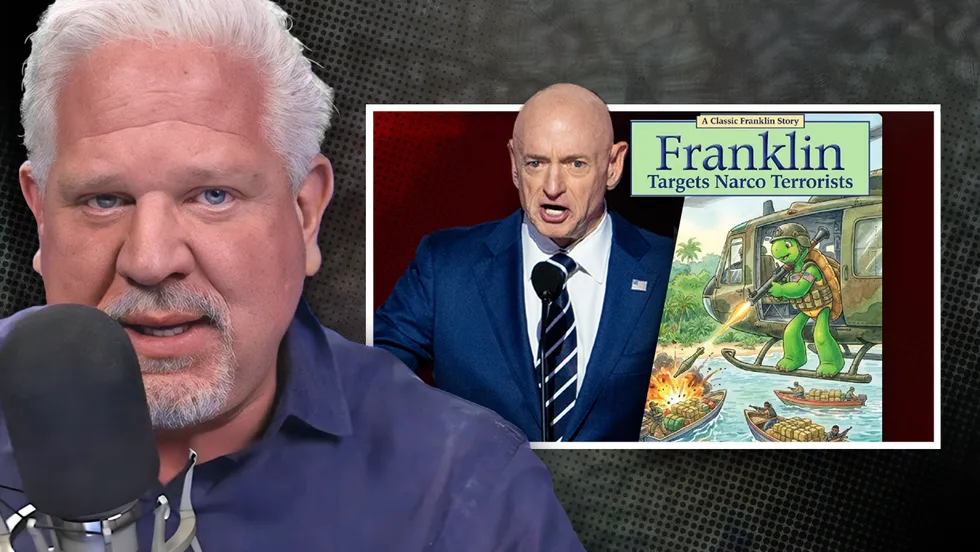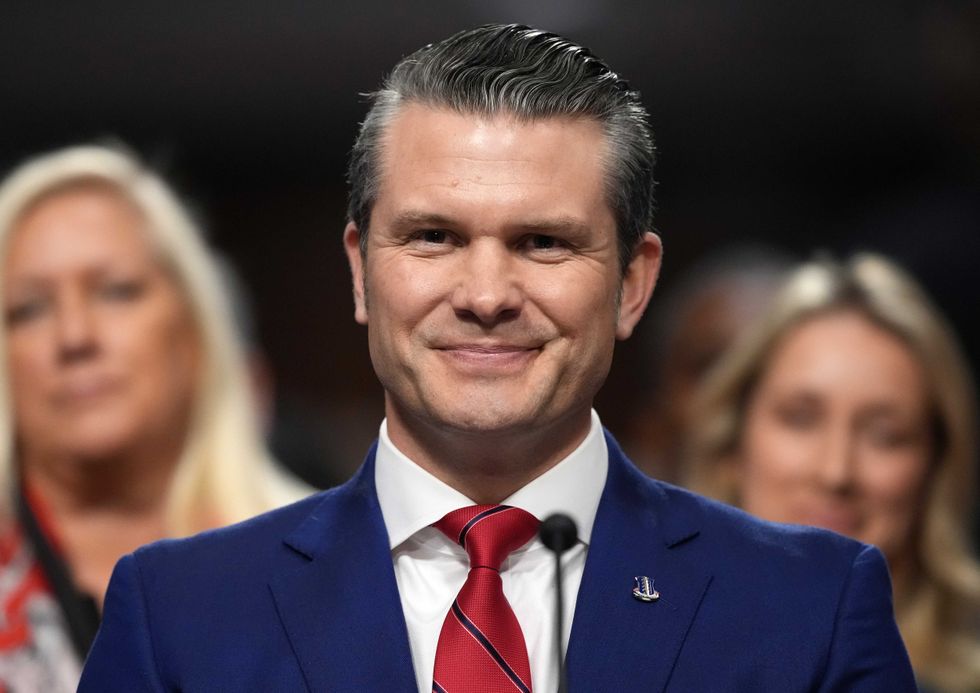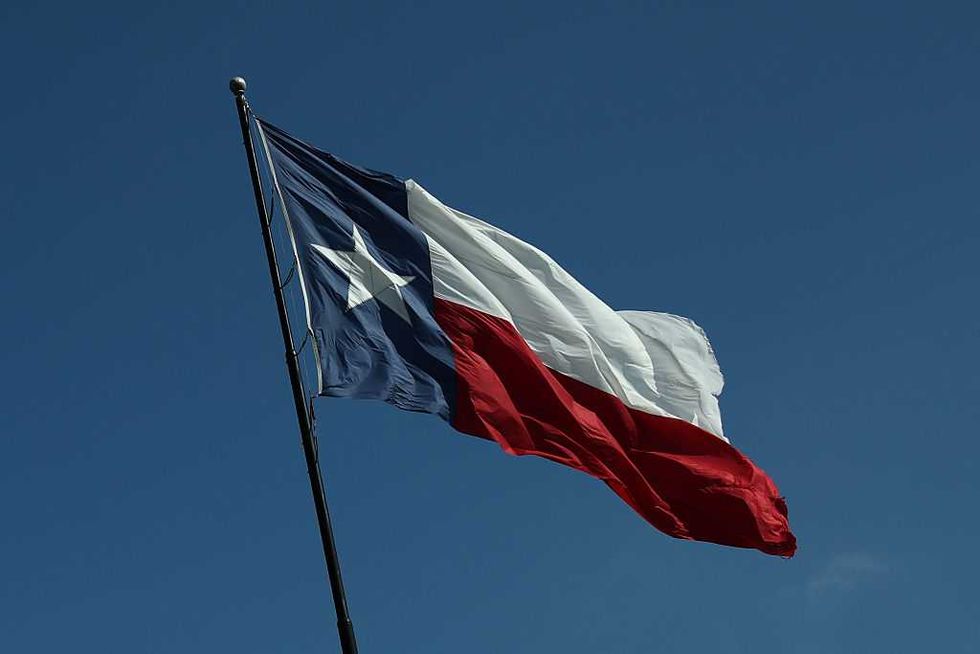What We Learned From President Trump’s First Official Trip Abroad
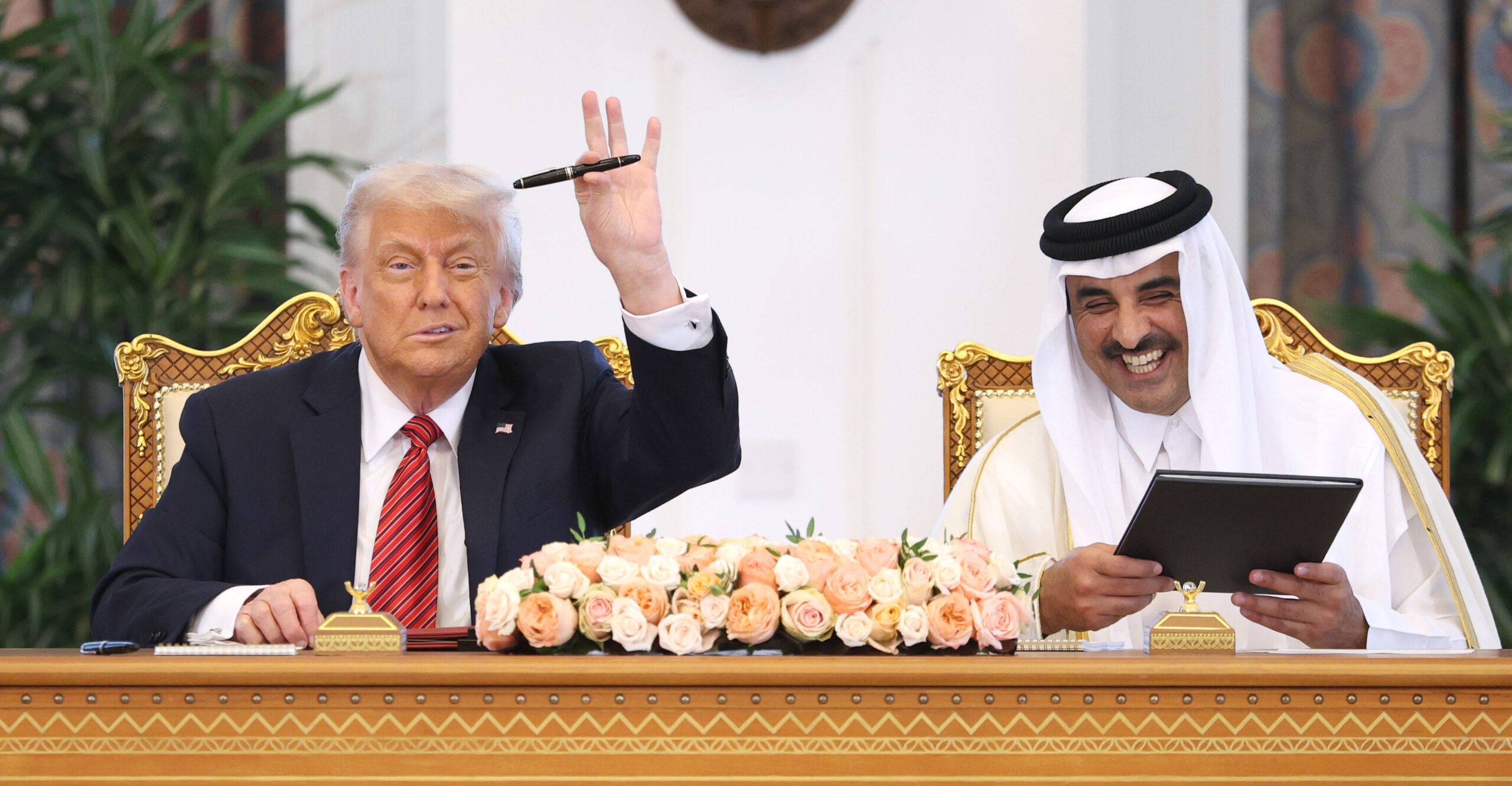
Official presidential travel is a weighty business. Unlike unofficial travel—for events like Pope Francis’s funeral—official trips are planned months in advance and carefully choreographed to send certain messages and sound selected themes.
Case in point: President Donald Trump’s recent trip to the Persian Gulf. There, in an echo of his first term’s first trip, his travel set up unprecedented U.S. economic and technological engagement with the region in a bold gambit to bind the three wealthiest and most dynamic monarchies in the Persian Gulf to America.
In June 2017, Trump embarked on a historic trip from Riyadh to Jerusalem to Rome to visit the centers of the three Abrahamic faiths: Islam, Judaism, and Christianity. Air Force One made its first direct flight from Saudi Arabia and Israel, foreshadowing the crowning foreign policy achievement of the president’s first term—the Abraham Accords, which normalized relations between the Jewish state and several of its Muslim neighbors, the first such recognitions since 1992.
By breaking the unspoken taboo against direct contact between Saudi Arabia and Israel, Trump set the stage for a stunning reversal of the conventional wisdom that a resolution of the Palestinian issue was a prerequisite for normalization between Israel and America’s Arab partners. The result was peace.
Unusually, Trump has gotten a second bite at the apple as, thanks to the Biden administration, he’s been able to take a second “first trip”—one designed to build on the success of the first while also having its own unique and historic elements.
This time, he was accompanied by 30 titans of American industry—Elon Musk, Steve Schwartzman, Jane Fraser, Ronald Lauder, and more—a coterie representing the strongest weapon in America’s arsenal: its military might.
The message was clear. America will no longer try to make friends by imposing democracy by the sword. Instead, it will pursue mutual prosperity and make deals to improve everything from aerospace to financial services to artificial intelligence.
That new attitude may finally provide the elusive means of winning hearts and minds in a region the U.S. has been failing to reach since 2001—an accomplishment that may well make it the real deal of the century.
One of the trip’s most powerful moments was apparently unscripted: a surprise meeting between Trump, Saudi Crown Prince Mohamed bin Salman (MBS), and the new president of Syria, Ahmed al-Sharaa.
al-Sharaa has a history of affiliation with ISIS and al-Qaeda and, until recently, he was a U.S. government-designated terrorist with a $10 million bounty on his head. But he’s also responsible for ejecting Iran-backed Bashar al-Assad from the Syrian presidency, an act that deprived the Islamic Republic of a key regional henchman.
Ongoing concerns about al-Sharaa and his associates are valid. But if MBS, who has as much to fear from radical Sunni terrorism as anyone, has judged a relationship a strong strategic play, Trump is wise to follow suit and deprive Iran of key support.
The trip also sent a powerful message about Gulf unity under U.S. leadership, with the president traveling from Saudi Arabia to Qatar to the United Arab Emirates.
Shortly after Trump’s 2017 trip, a number of the Gulf Cooperation Council countries, led by Saudi Arabia and the United Arab Emirates, imposed a blockade against Qatar due to Muslim Brotherhood ties. This created a diplomatic impasse that lasted until 2021, when Trump resolved it in one of the final achievements of his first term.
Thus, Trump’s 2025 itinerary demonstrated that America will not pick and choose among Gulf allies, but that it will rather bring them together as partners of the United States.
Given the natural gas and oil reserves controlled by the countries in question, the result of this outreach could be the greatest energy consortium in history. Throughout the trip, Trump complimented both the region’s exports and the wealth they have produced. But as one of the world’s three largest producers, the U.S. now enters the stage as a peer, not as an energy-vulnerable importer trying to secure supply, like China does.
Overall, the first trip of the second Trump term has the potential, like its predecessor, to produce significant strategic gains for America in security, technology, energy, and diplomacy.
In Riyadh, the president spoke of unfinished business from the first term: an Abraham Accords normalization agreement between Israel and Saudi Arabia. This agreement remains his “fervent wish,” he said: a deal that would usher in a new golden age not just for the United States but also for the Middle East.
The goal? An age in which peace in the form of “commerce, not chaos” reigns supreme.
Originally published by The Washington Times
The post What We Learned From President Trump’s First Official Trip Abroad appeared first on The Daily Signal.
Originally Published at Daily Wire, Daily Signal, or The Blaze
What's Your Reaction?
 Like
0
Like
0
 Dislike
0
Dislike
0
 Love
0
Love
0
 Funny
0
Funny
0
 Angry
0
Angry
0
 Sad
0
Sad
0
 Wow
0
Wow
0
